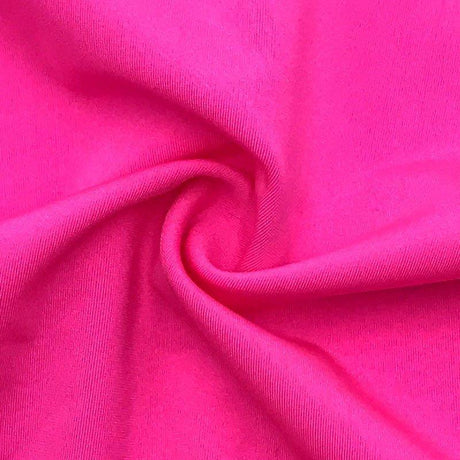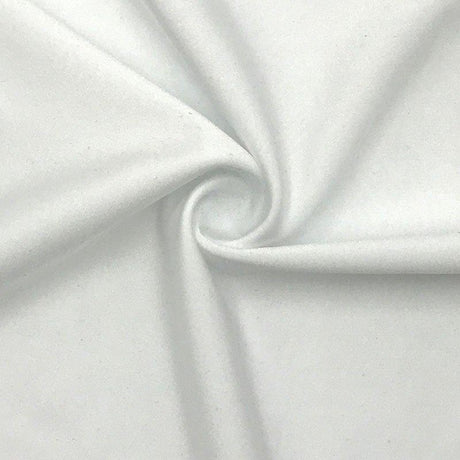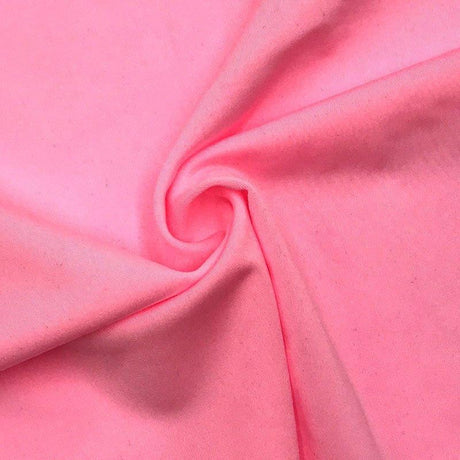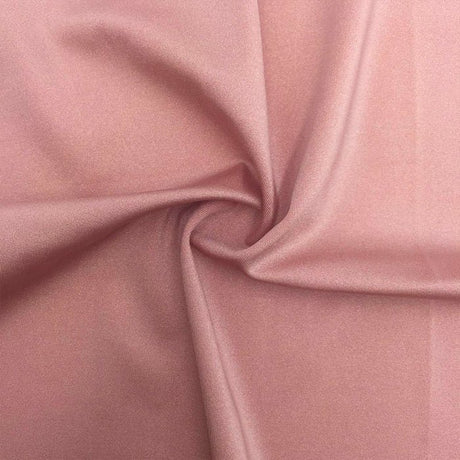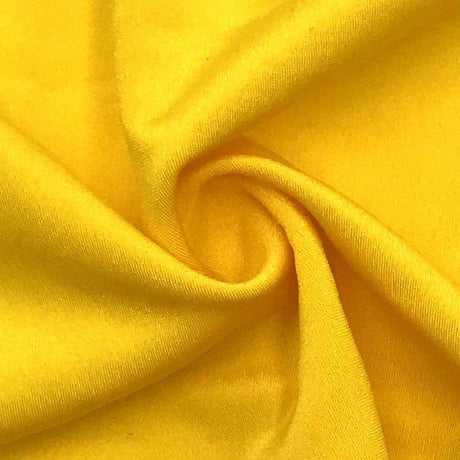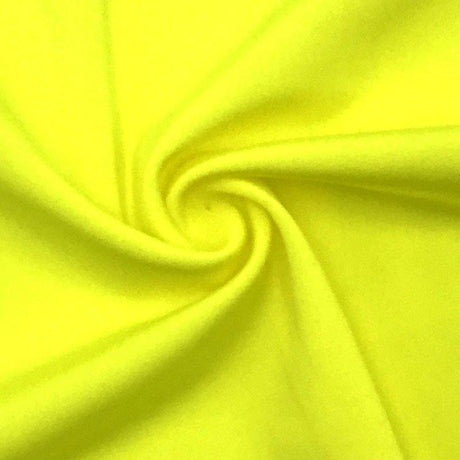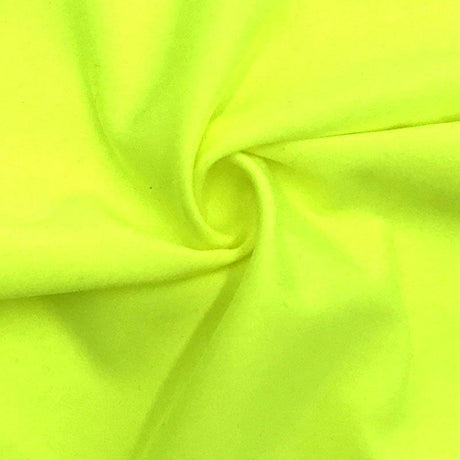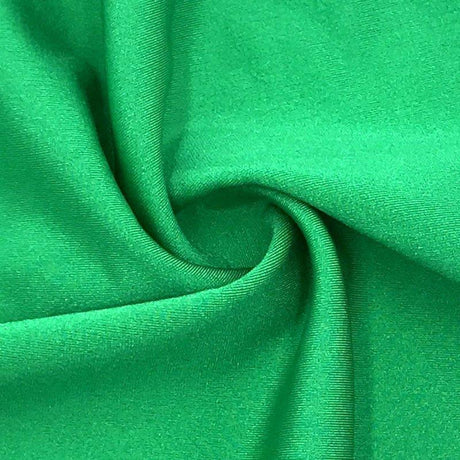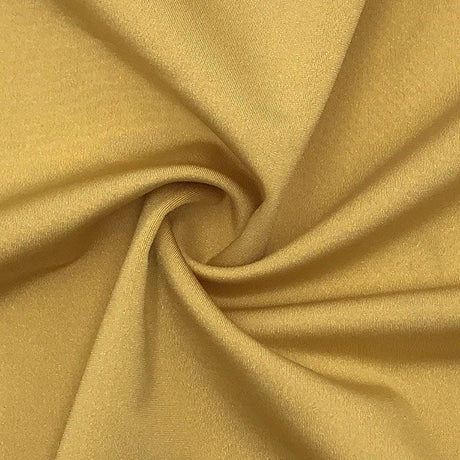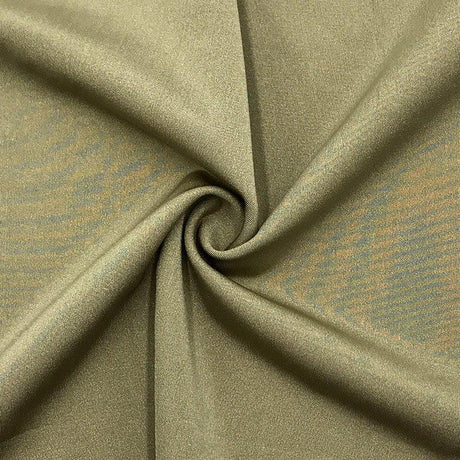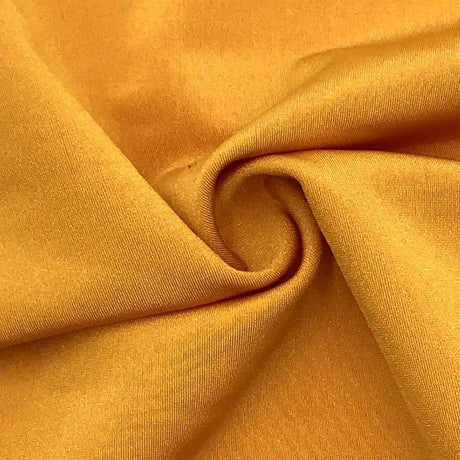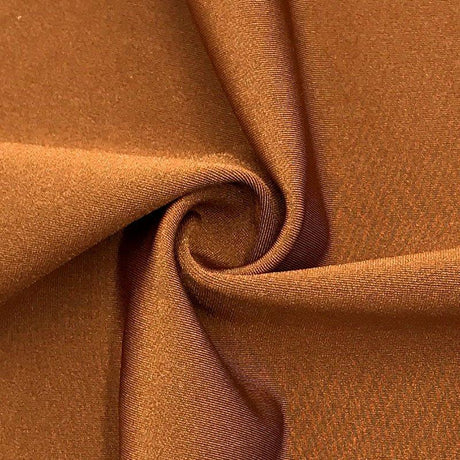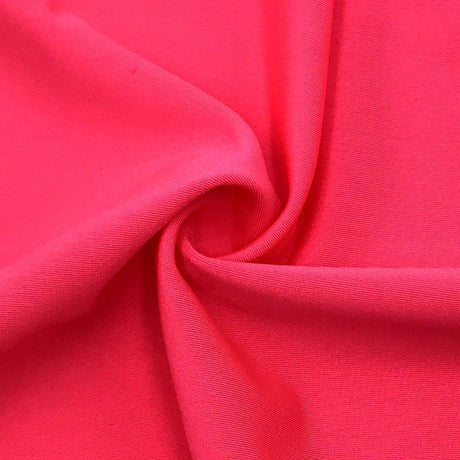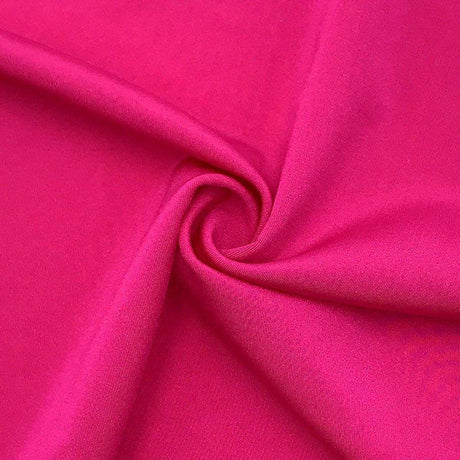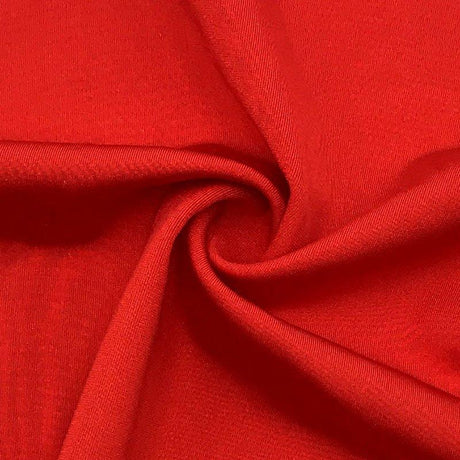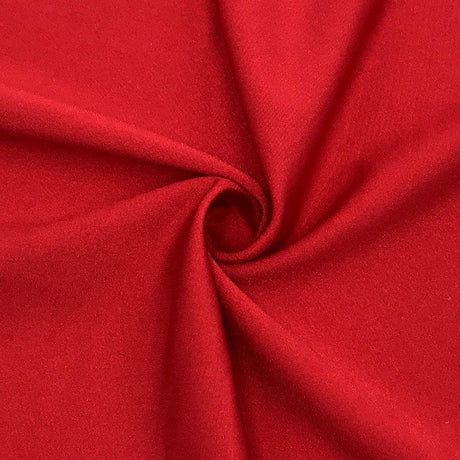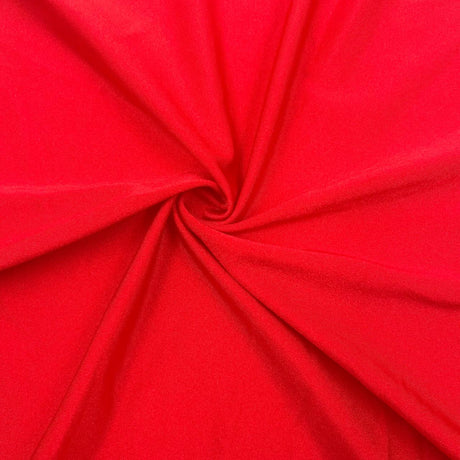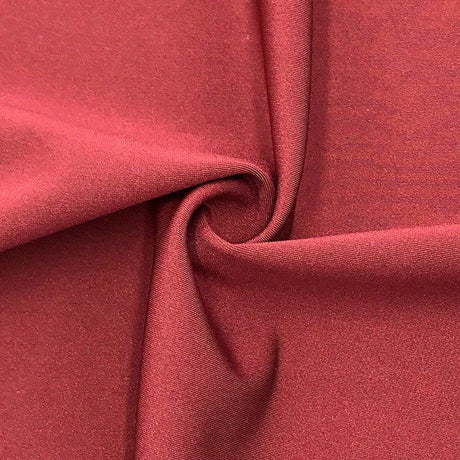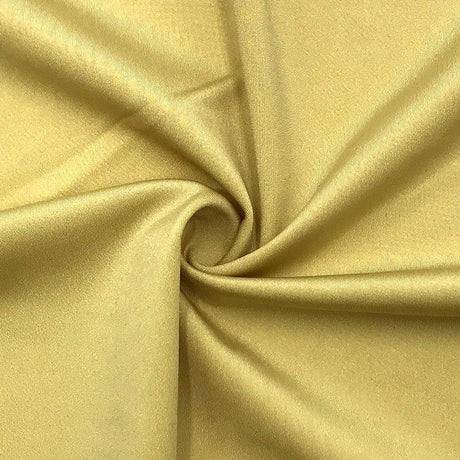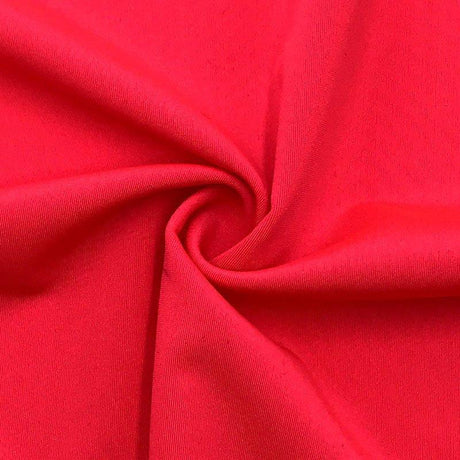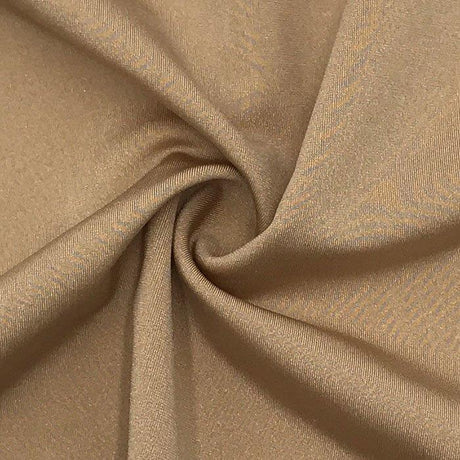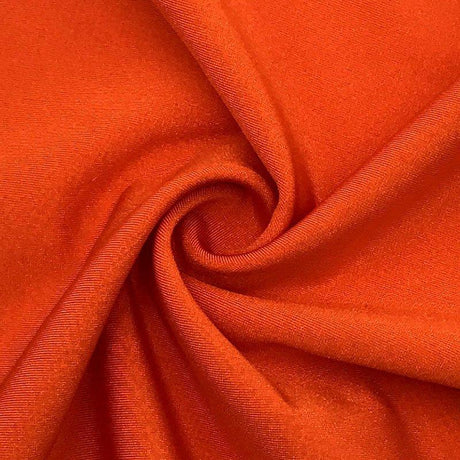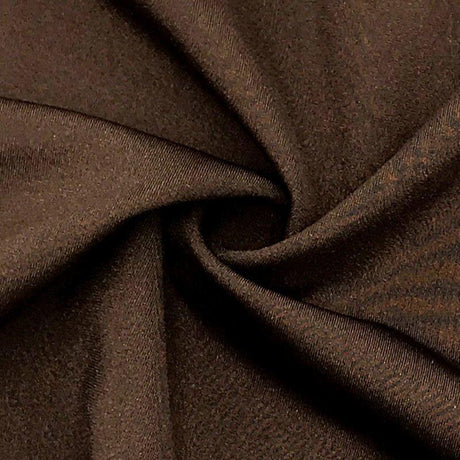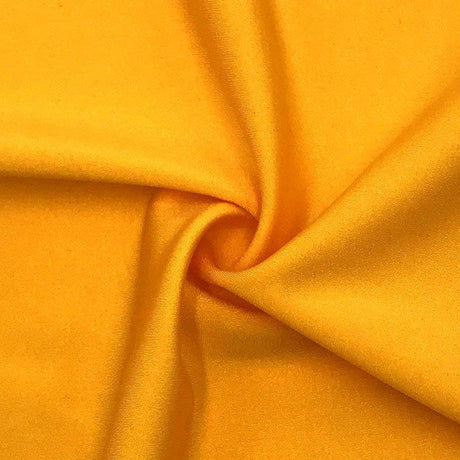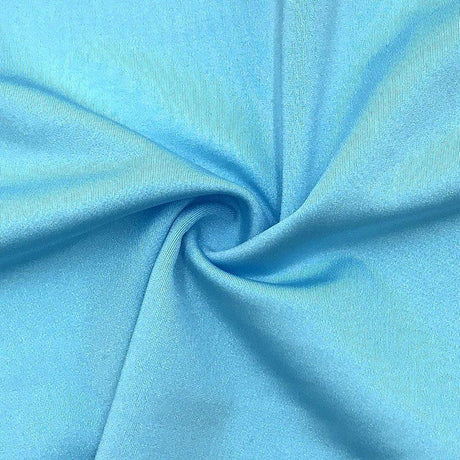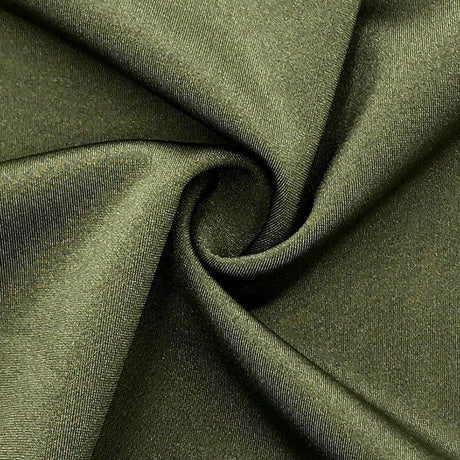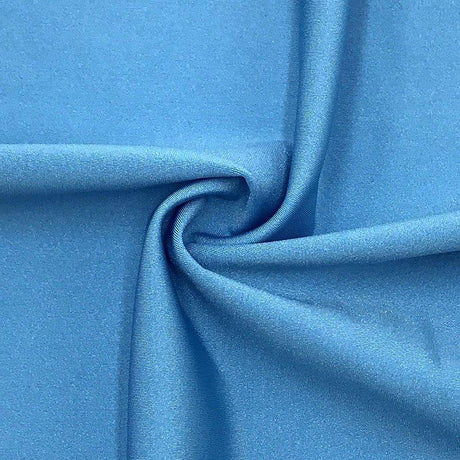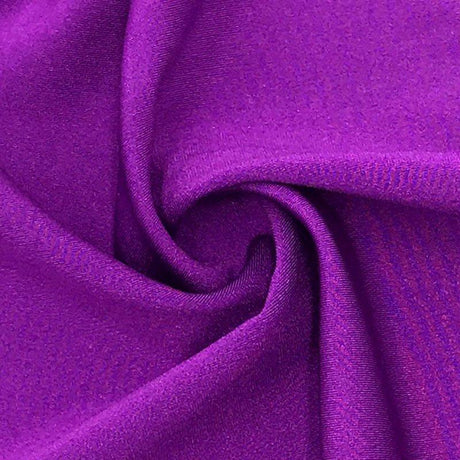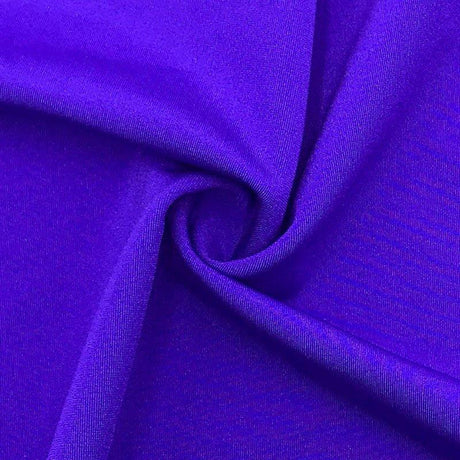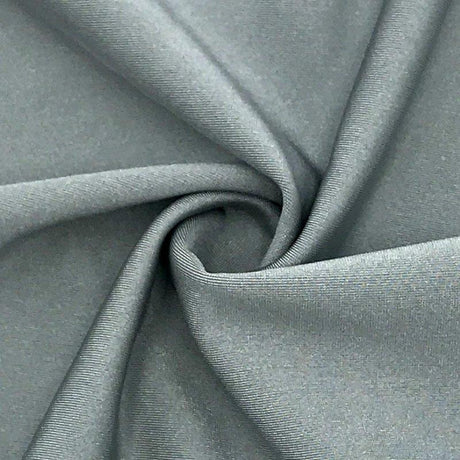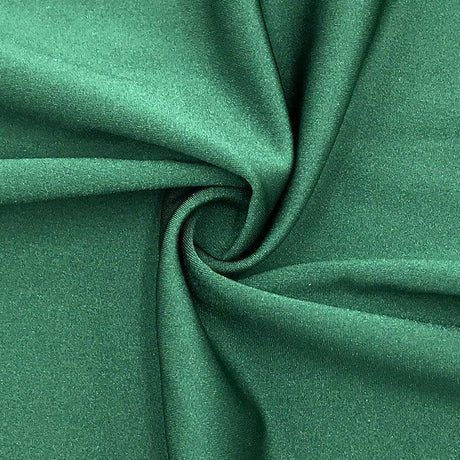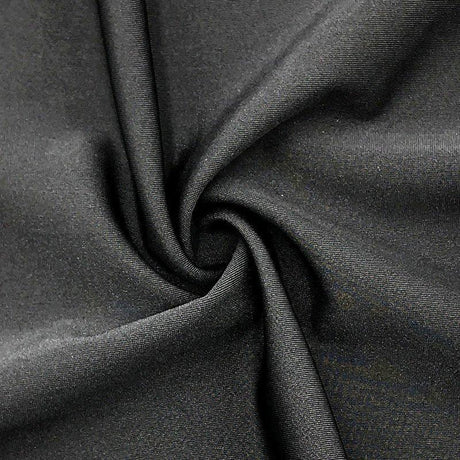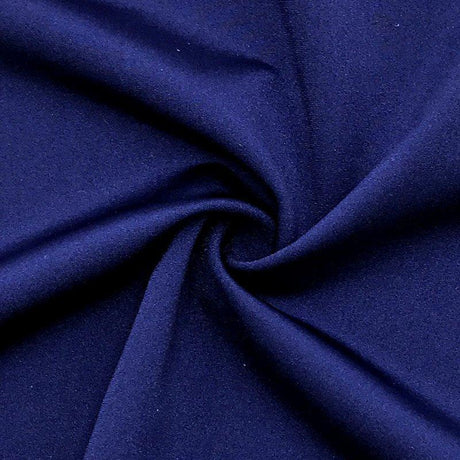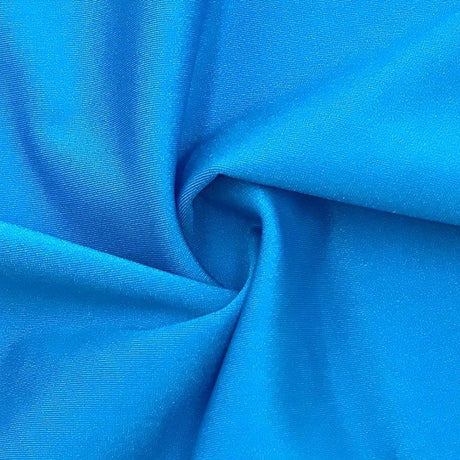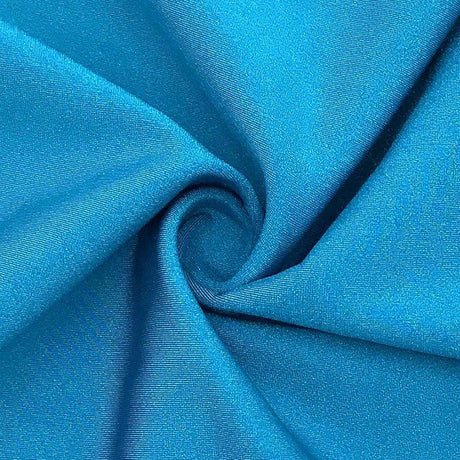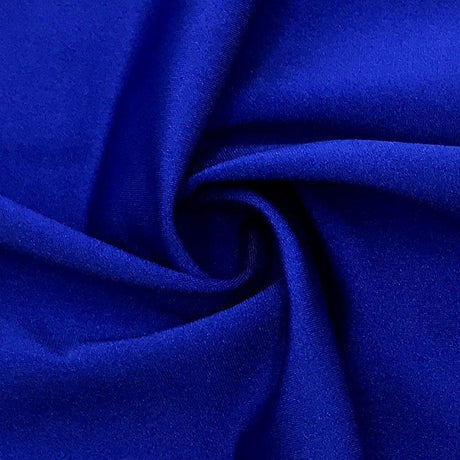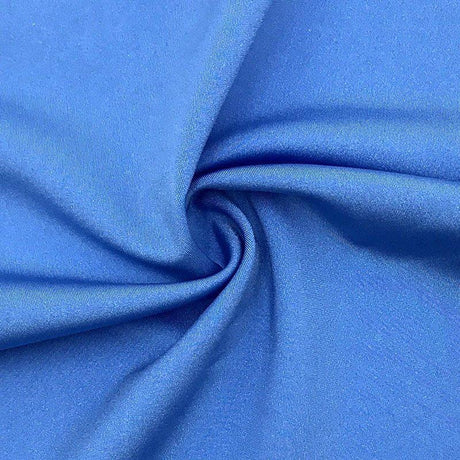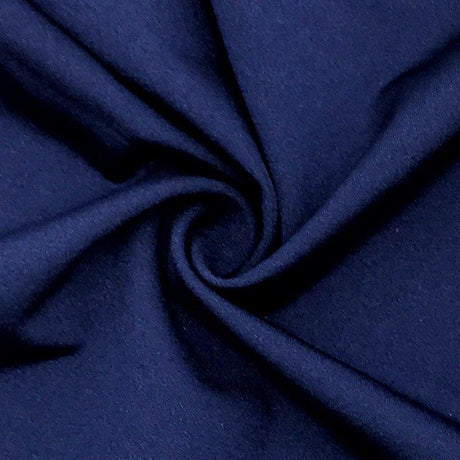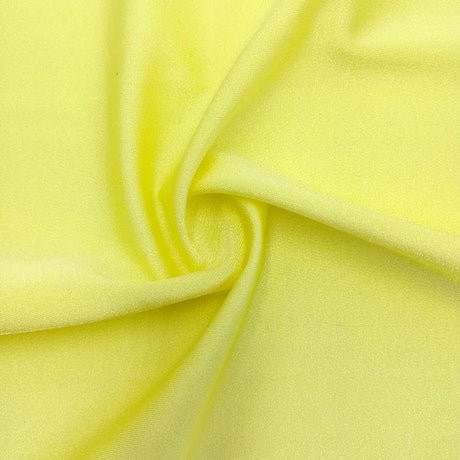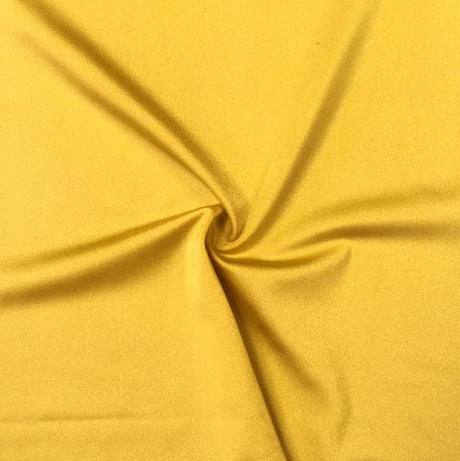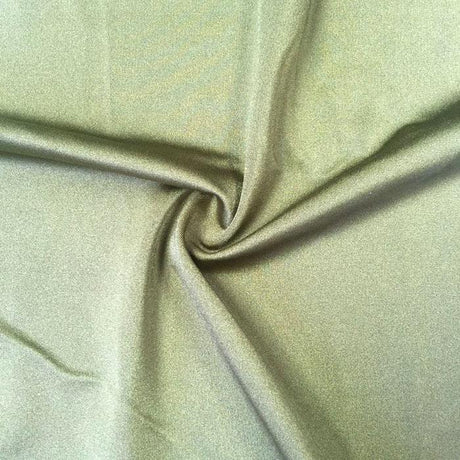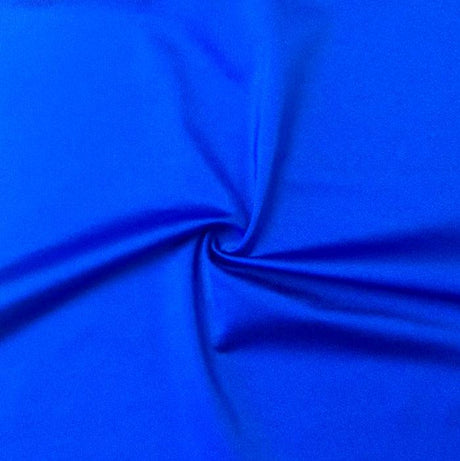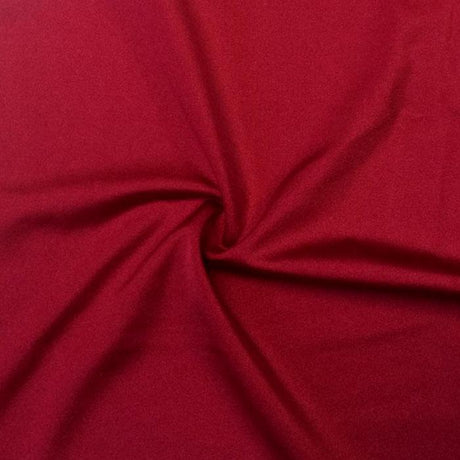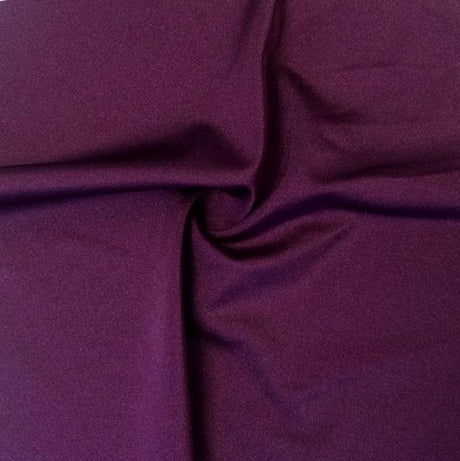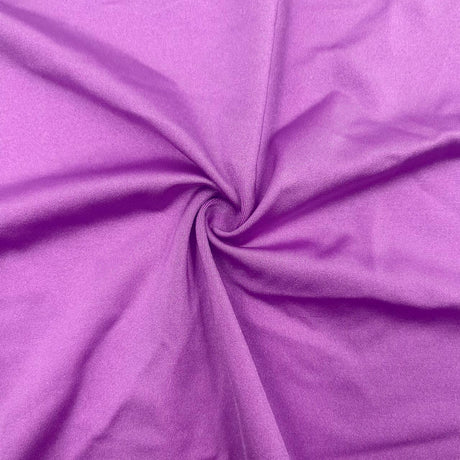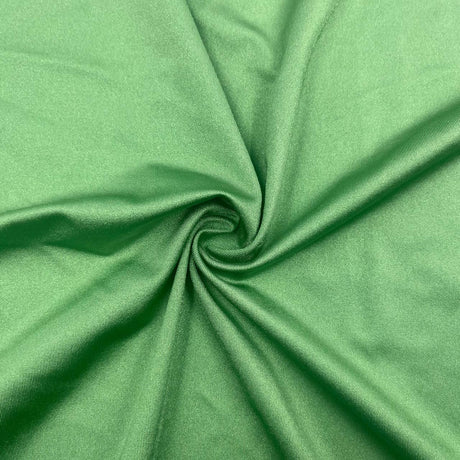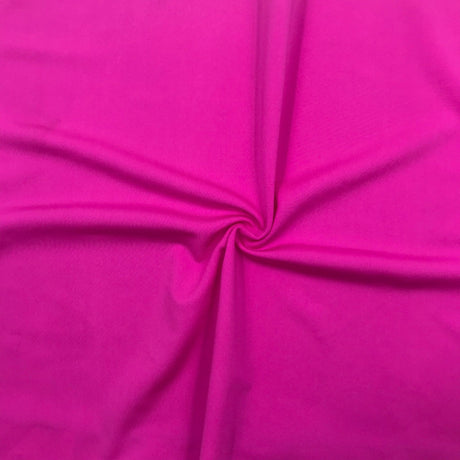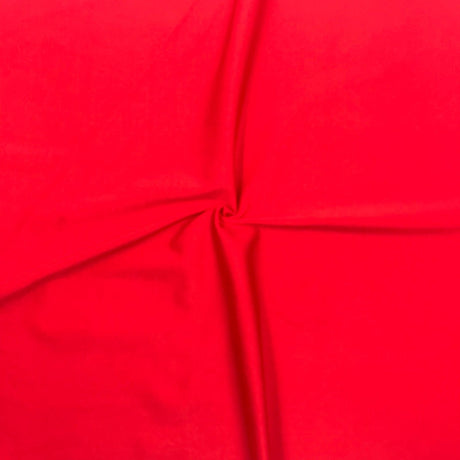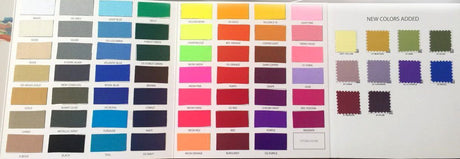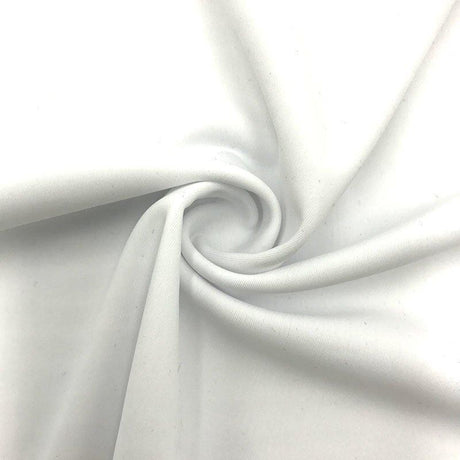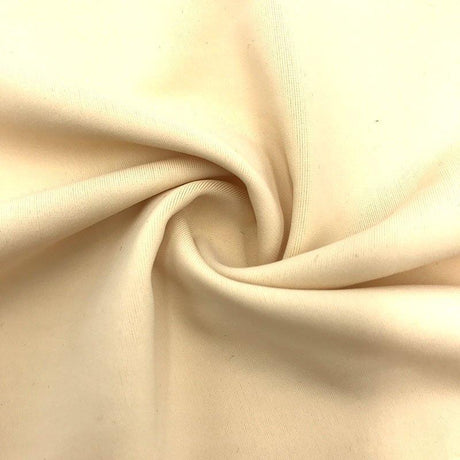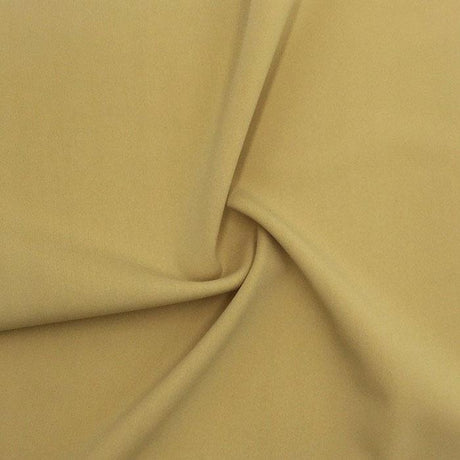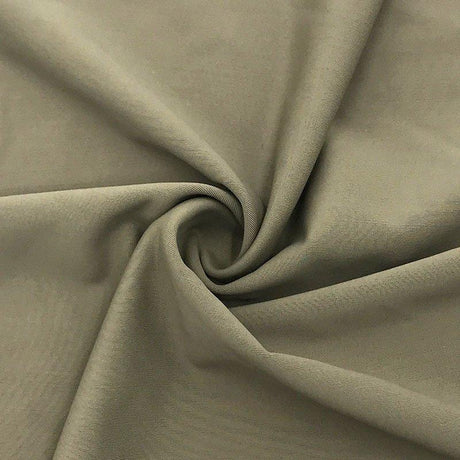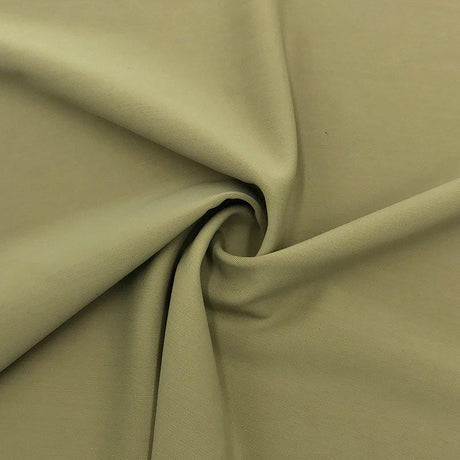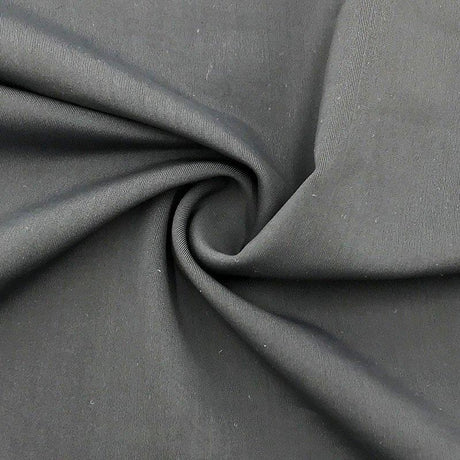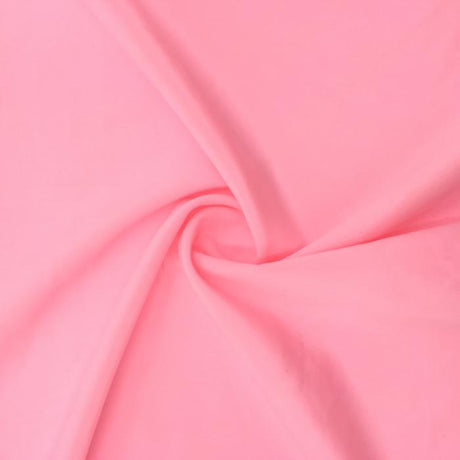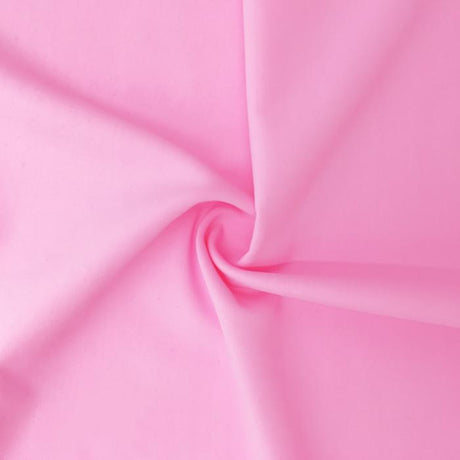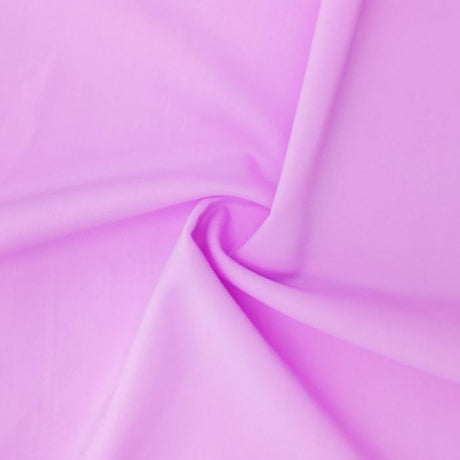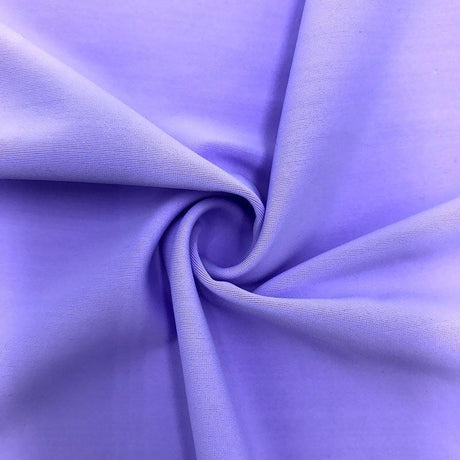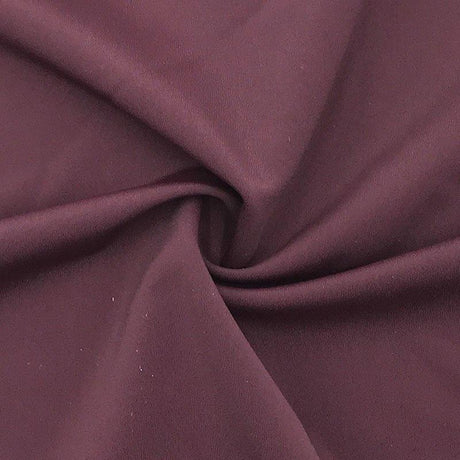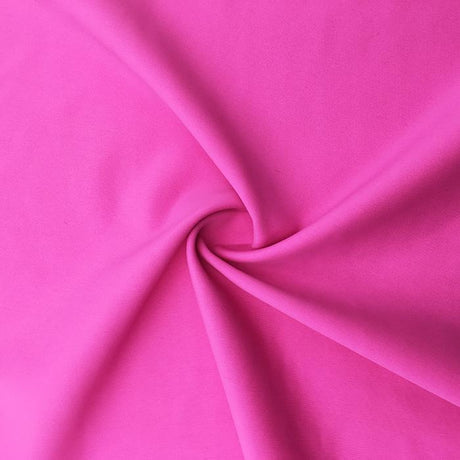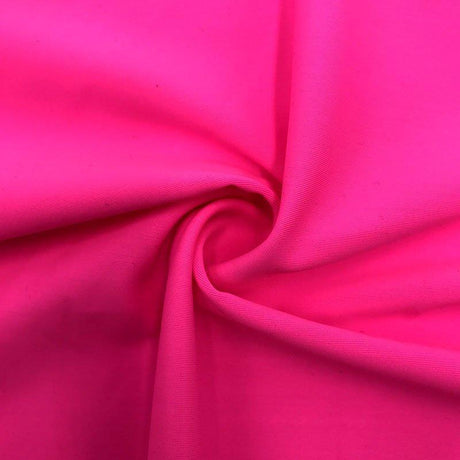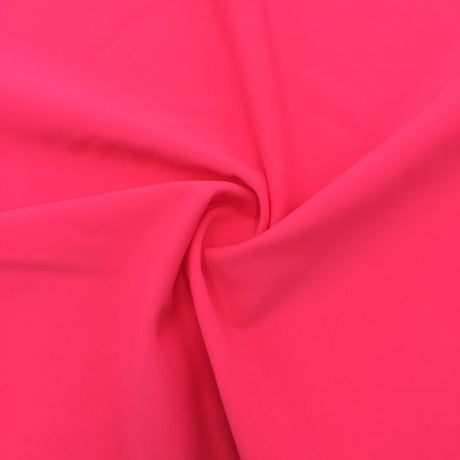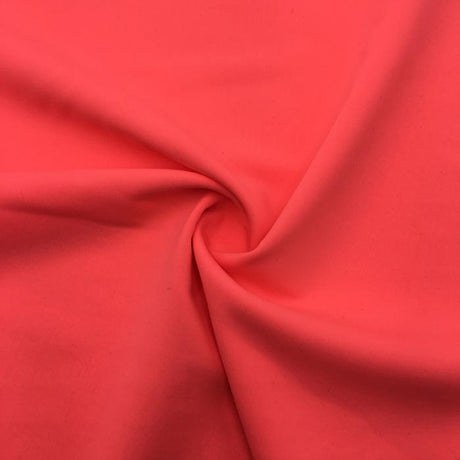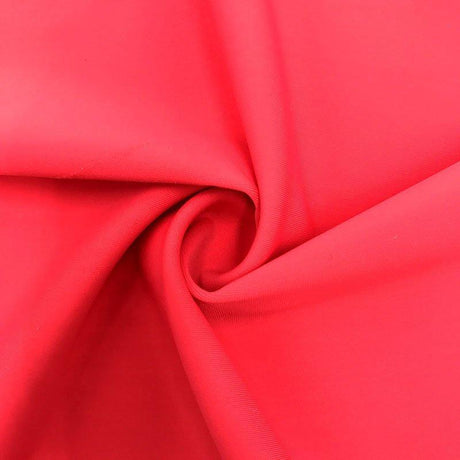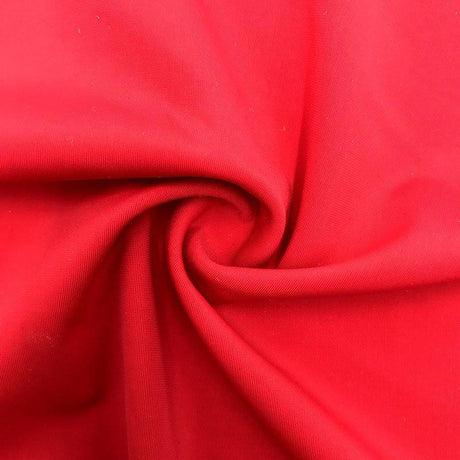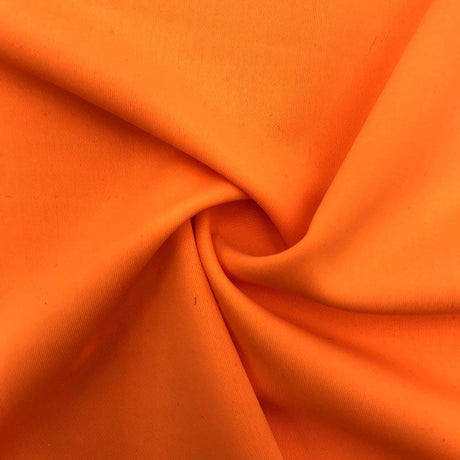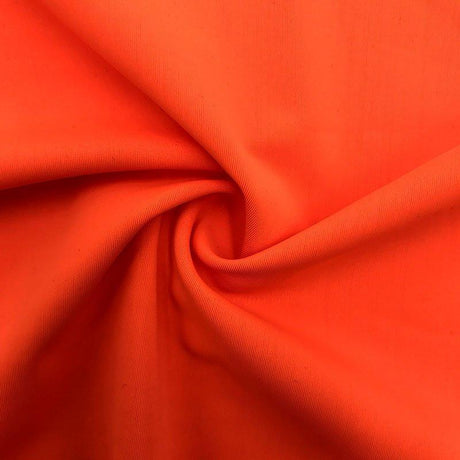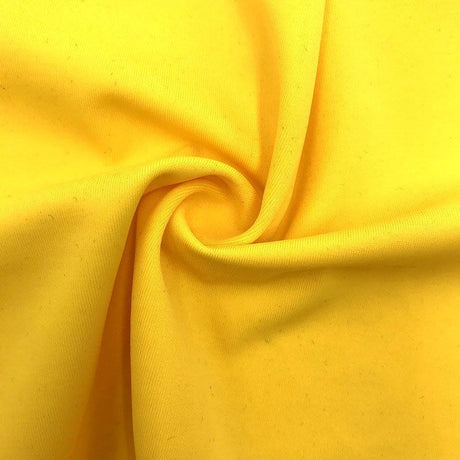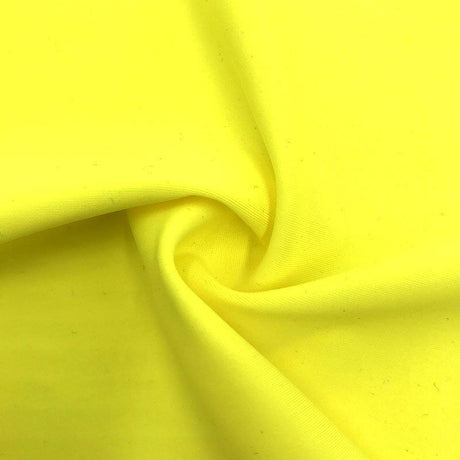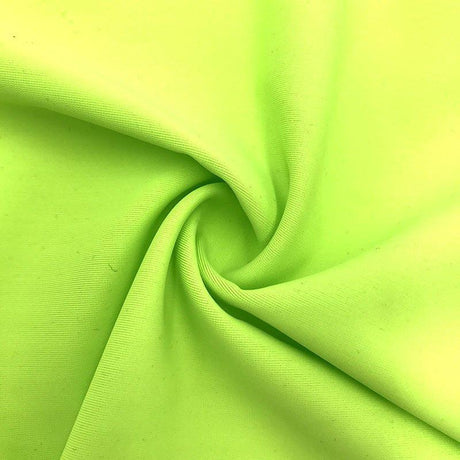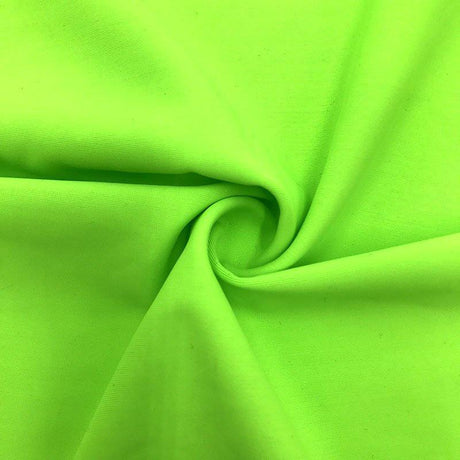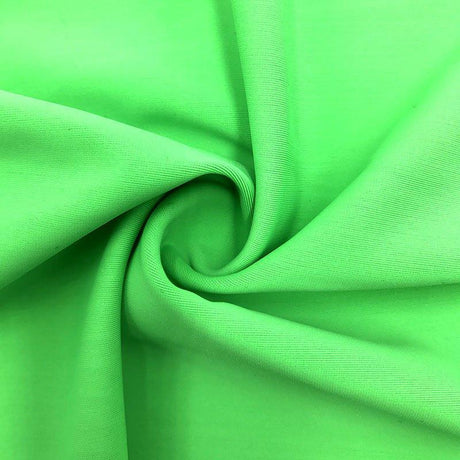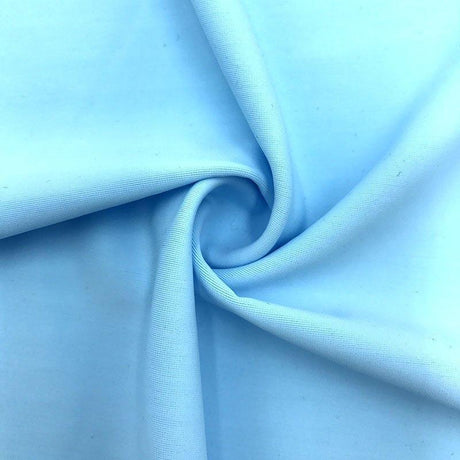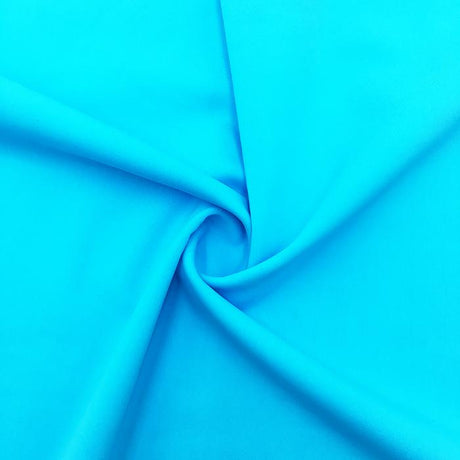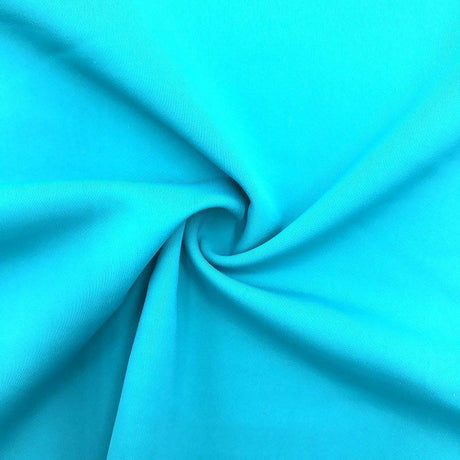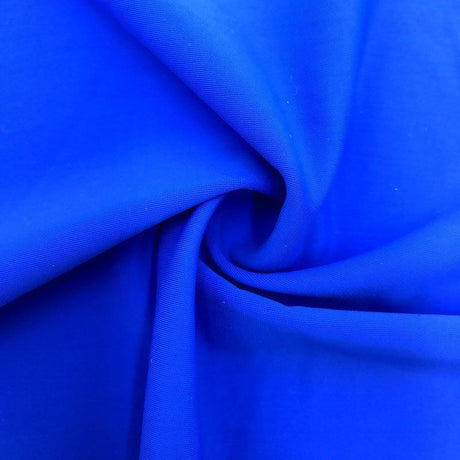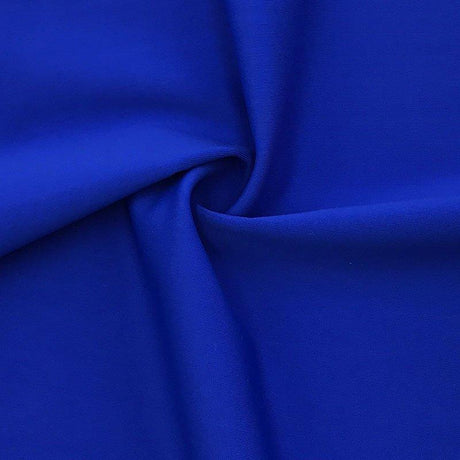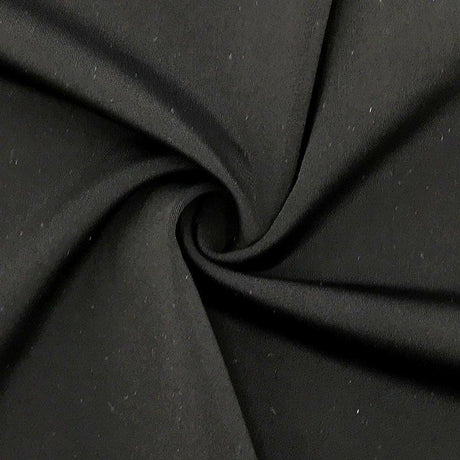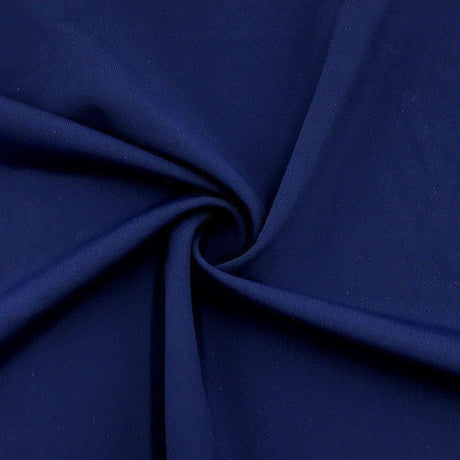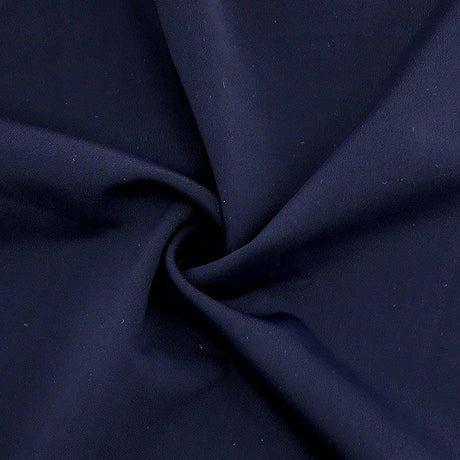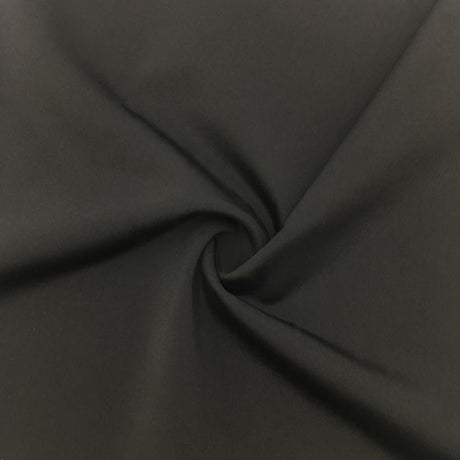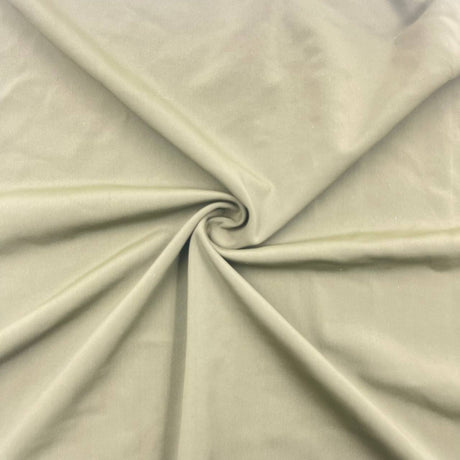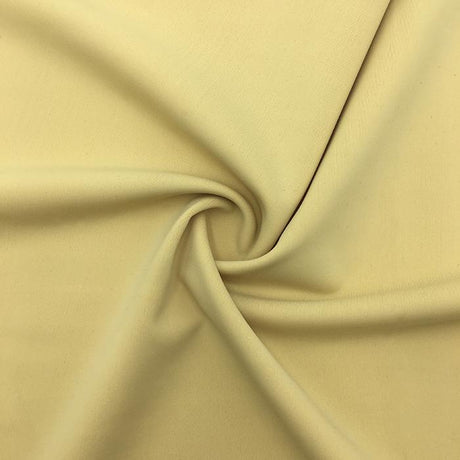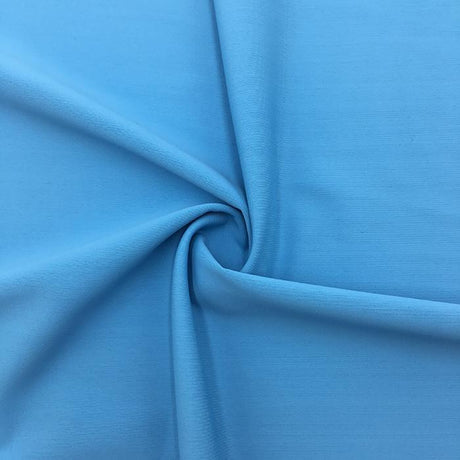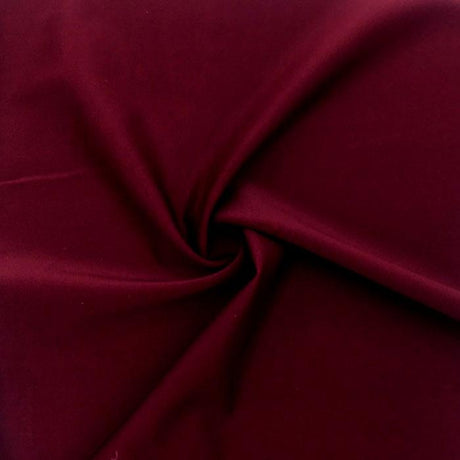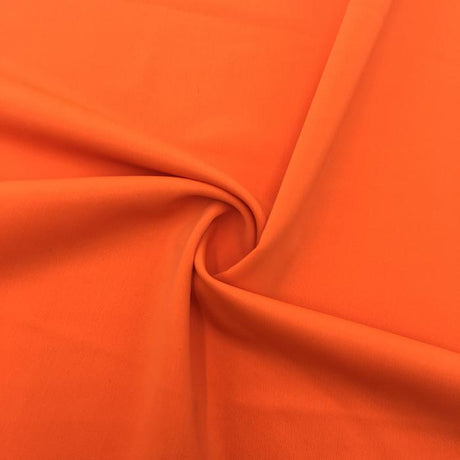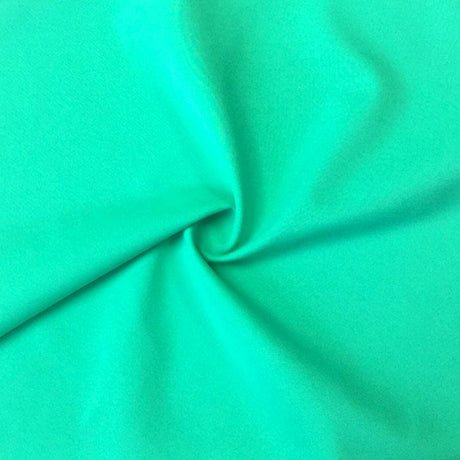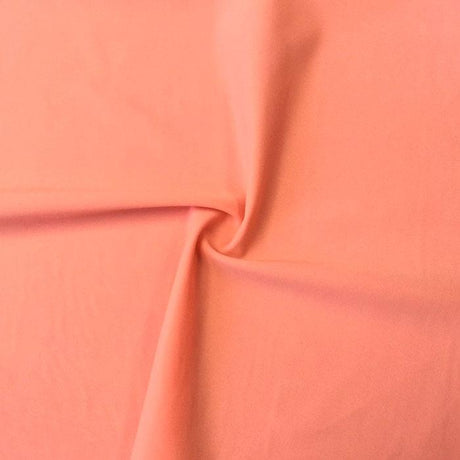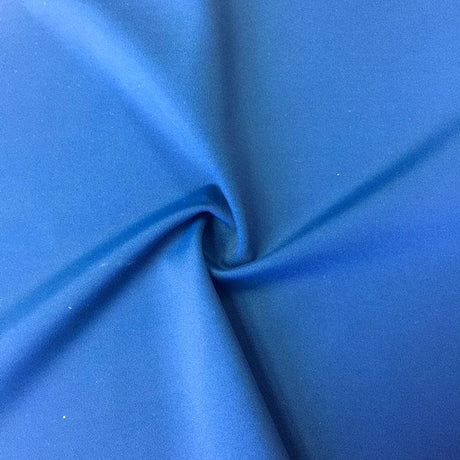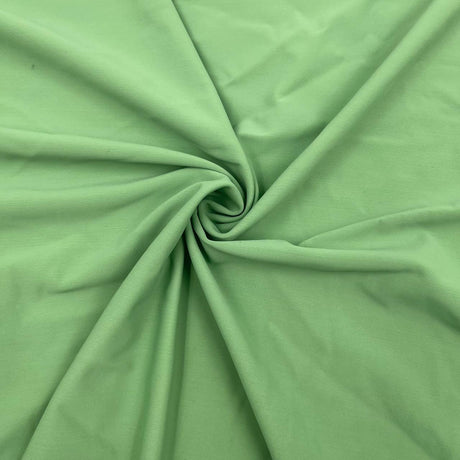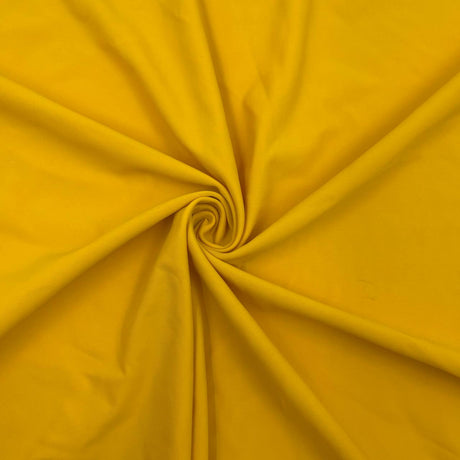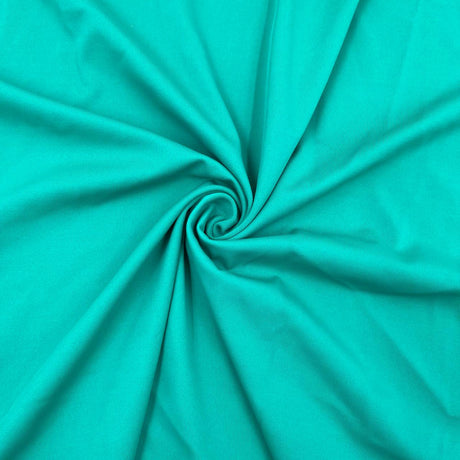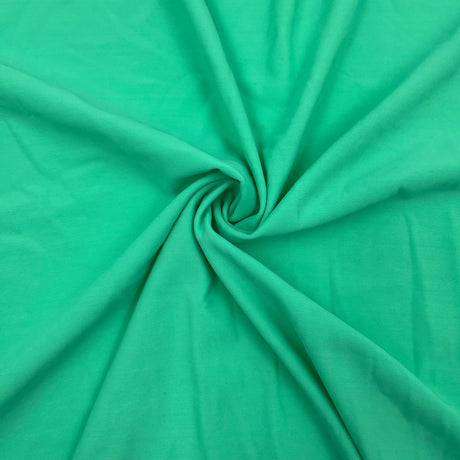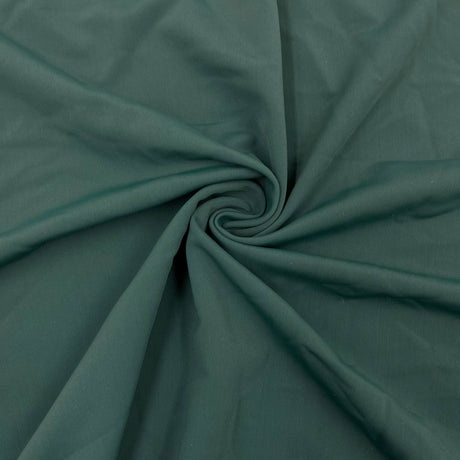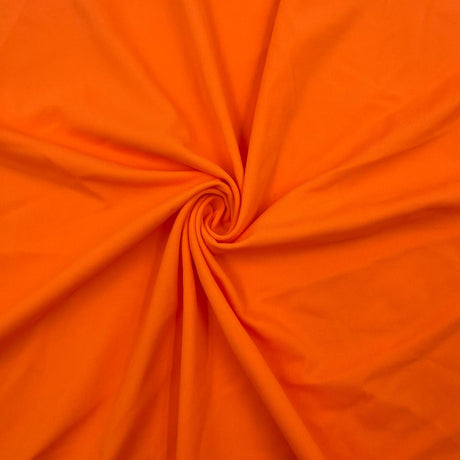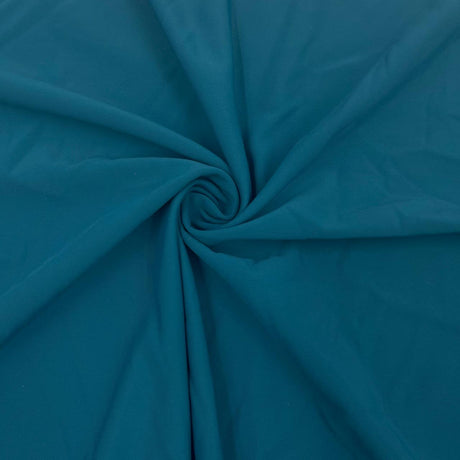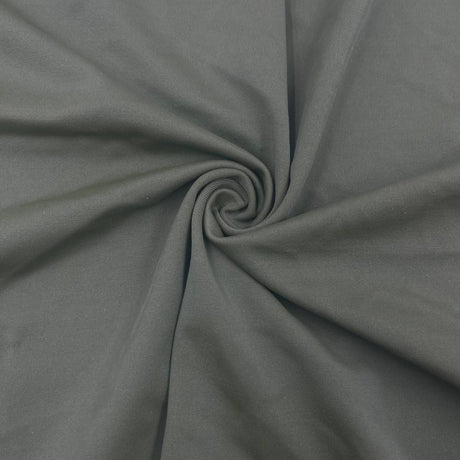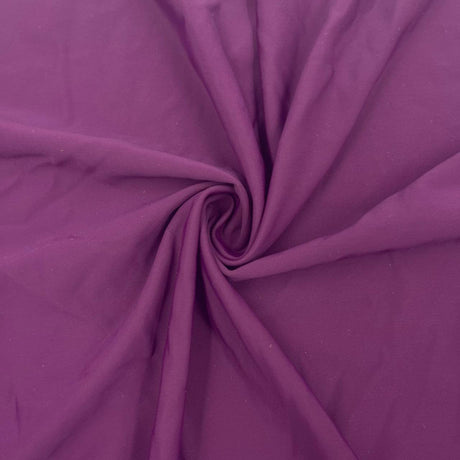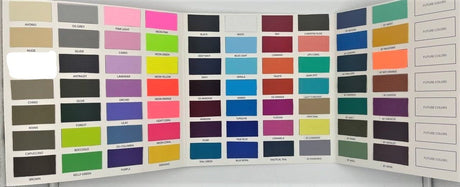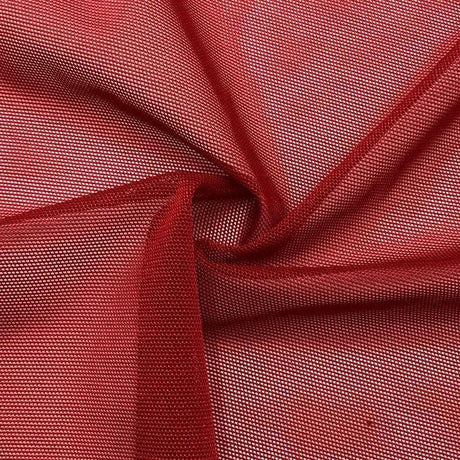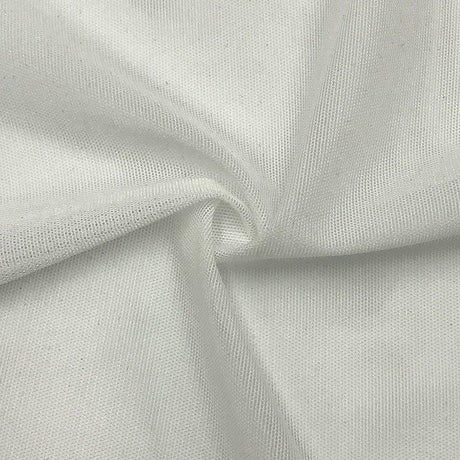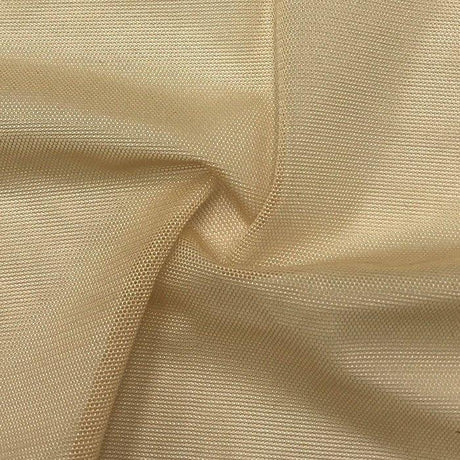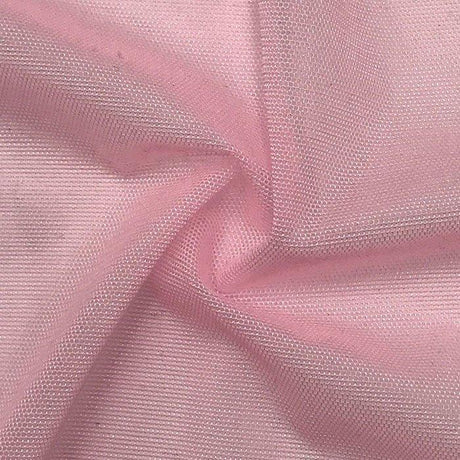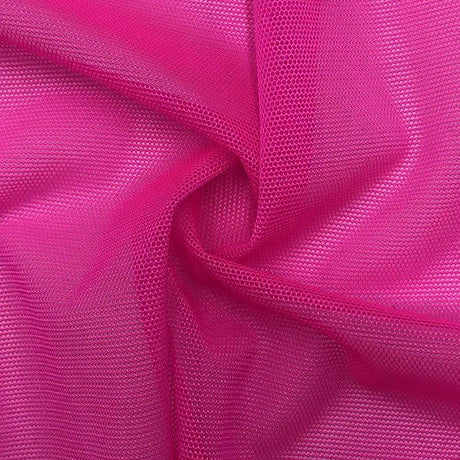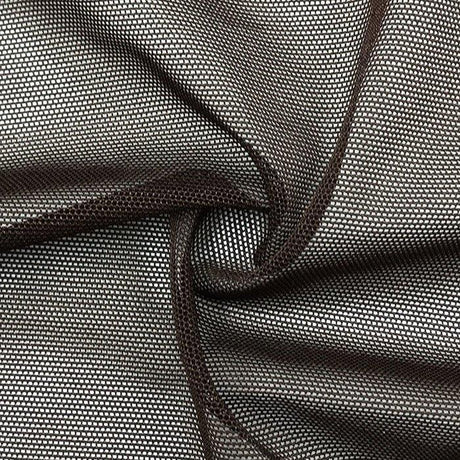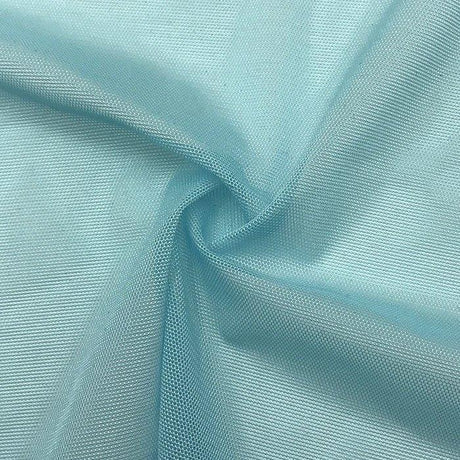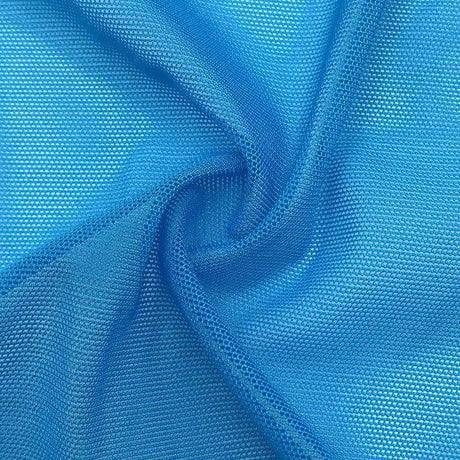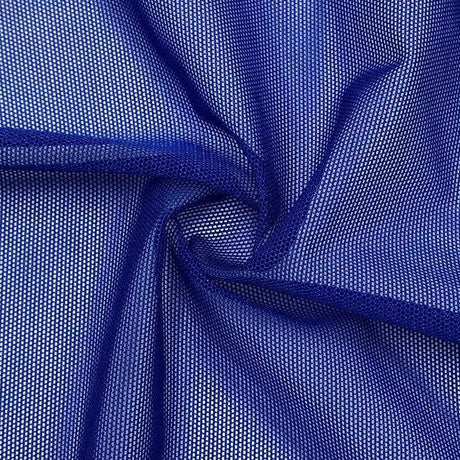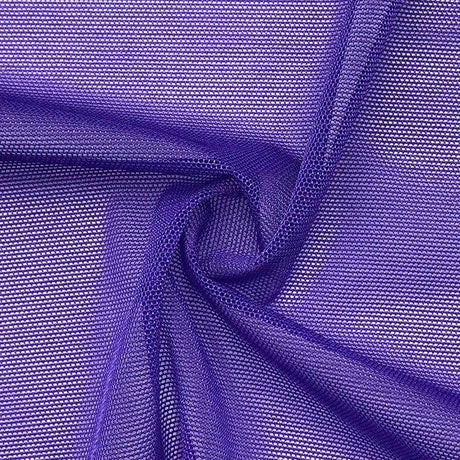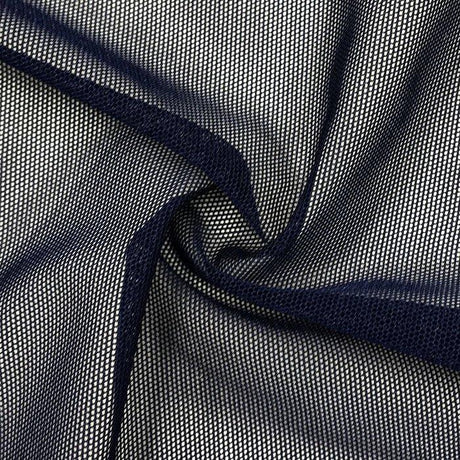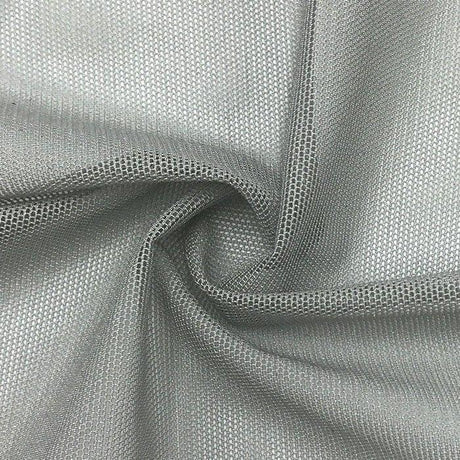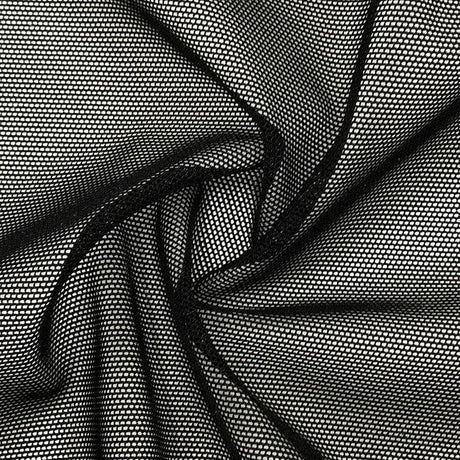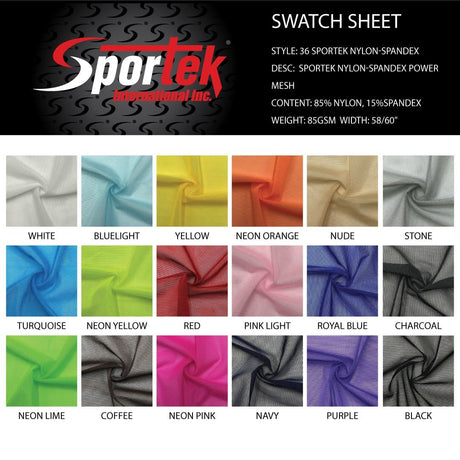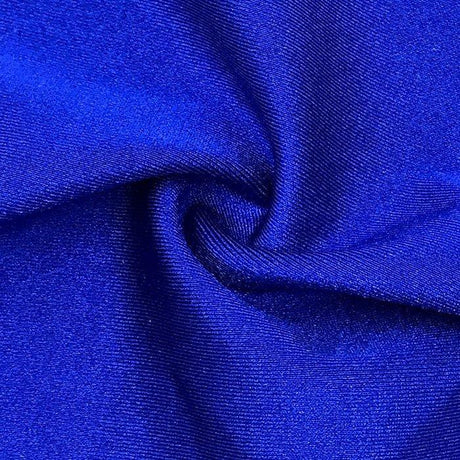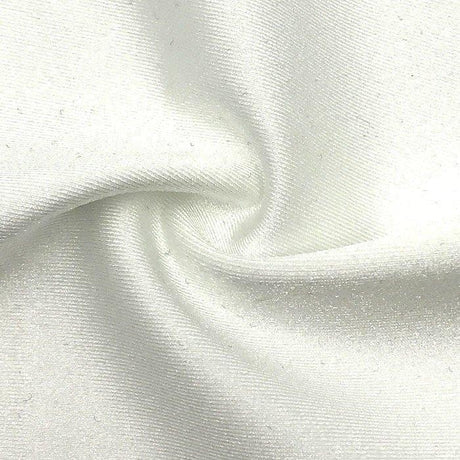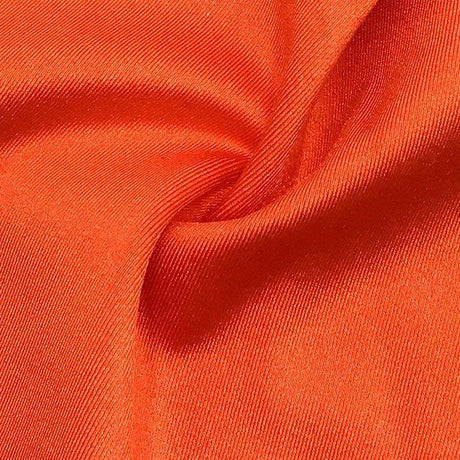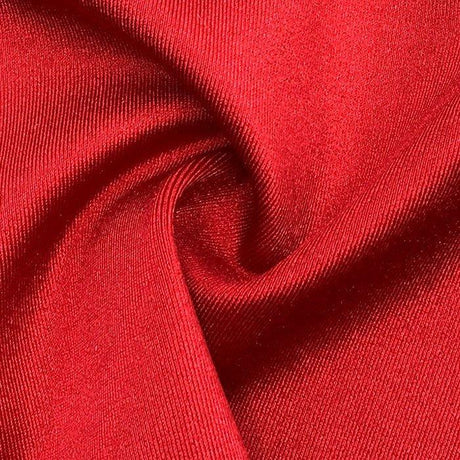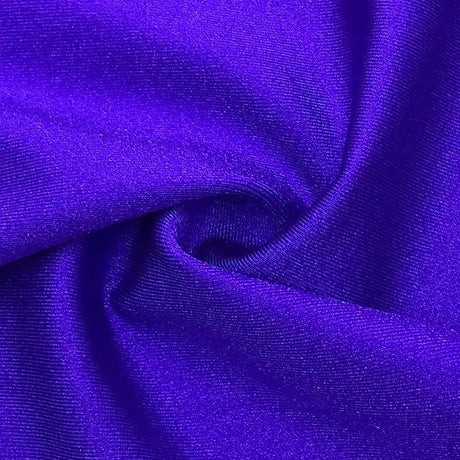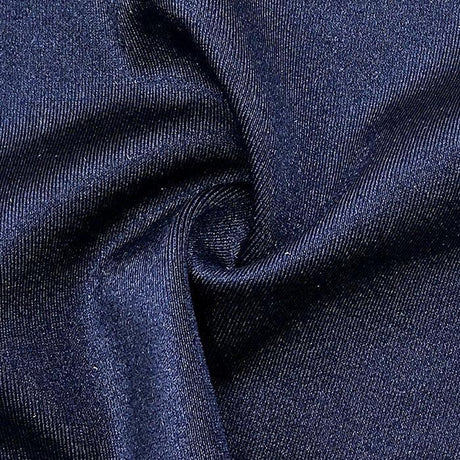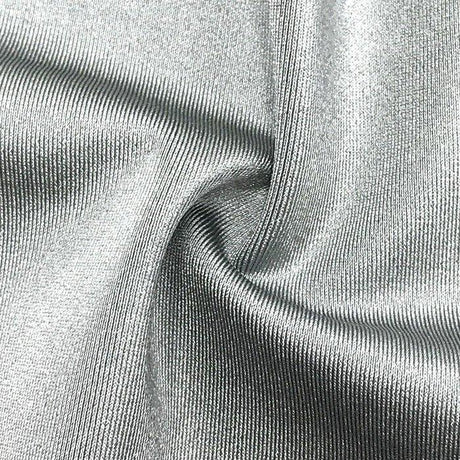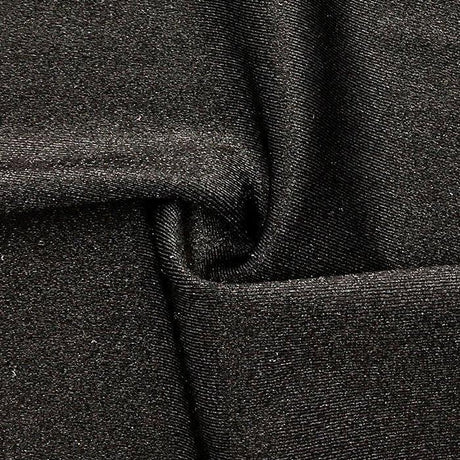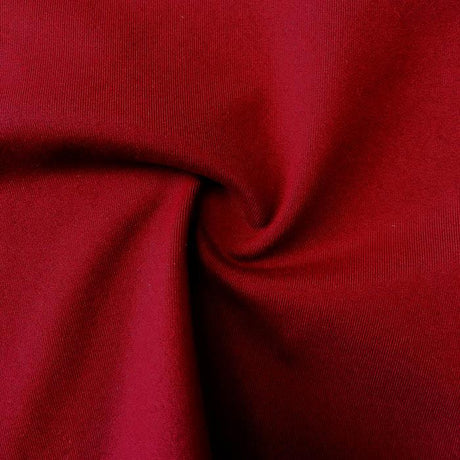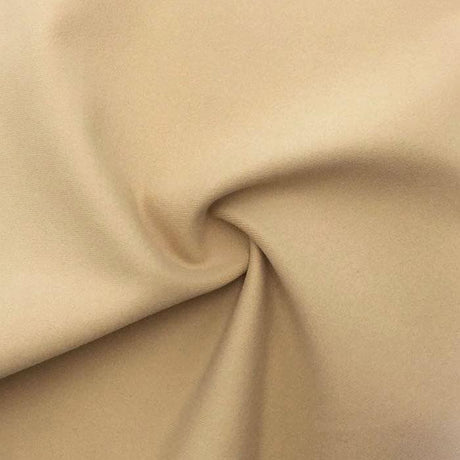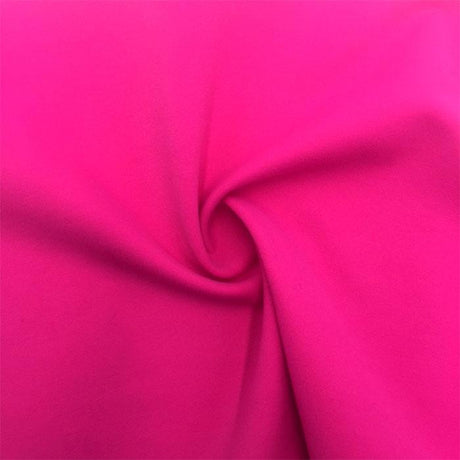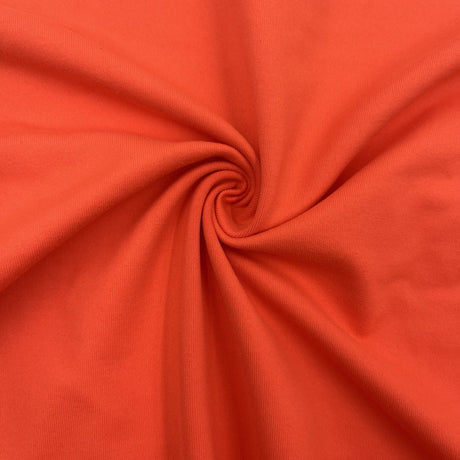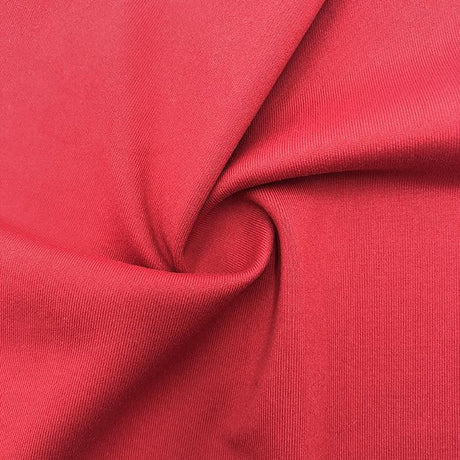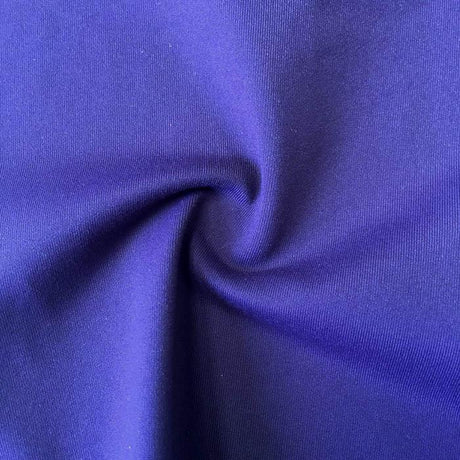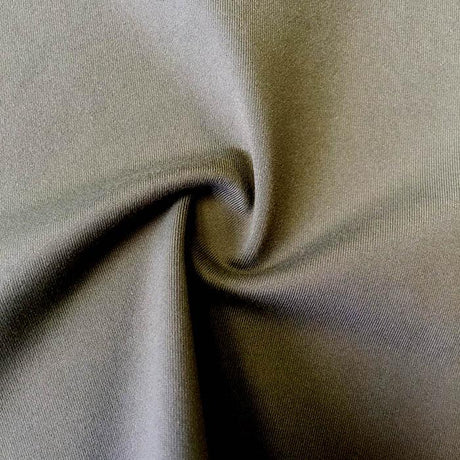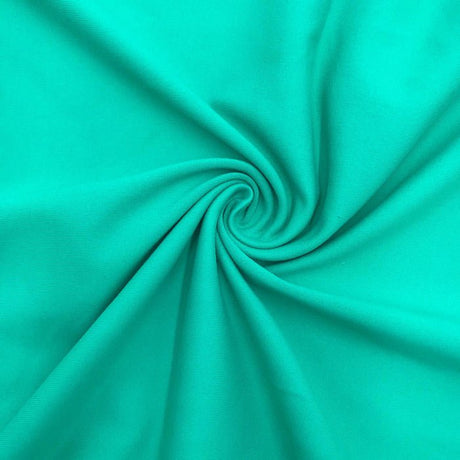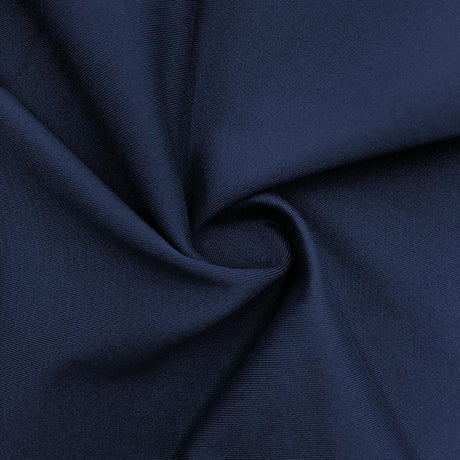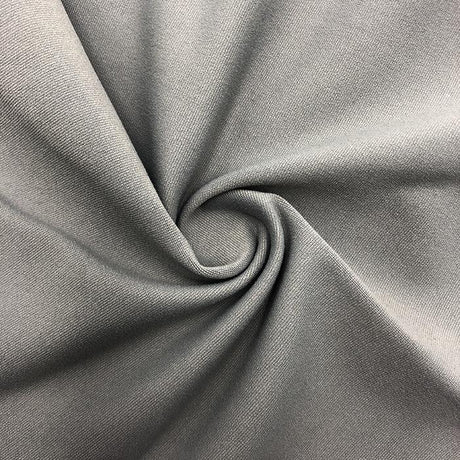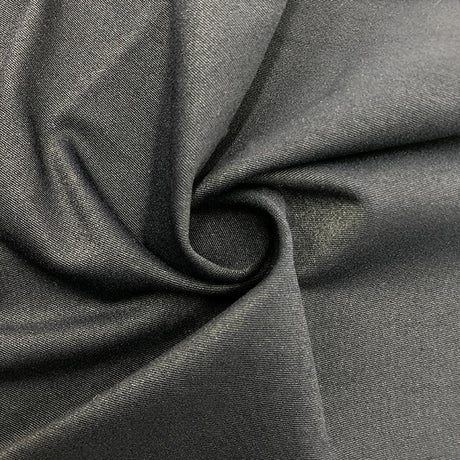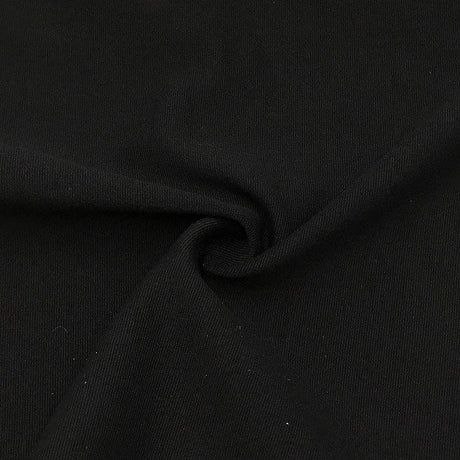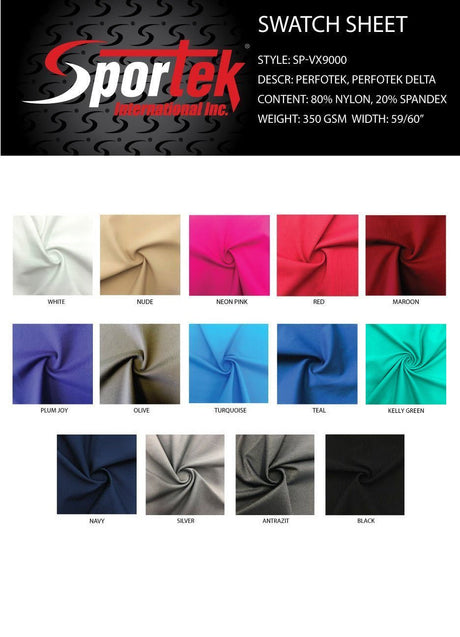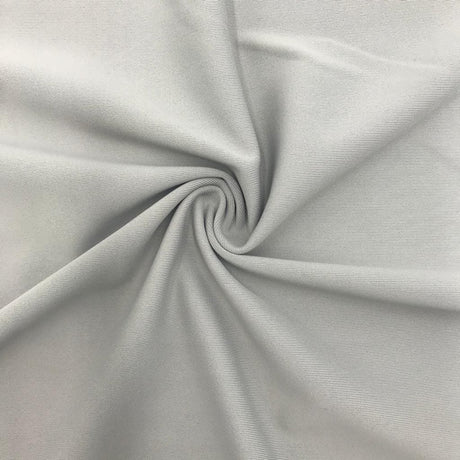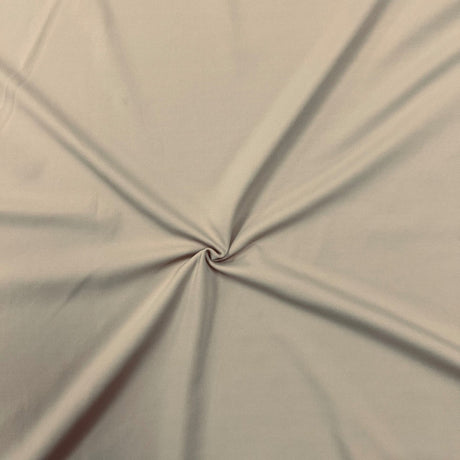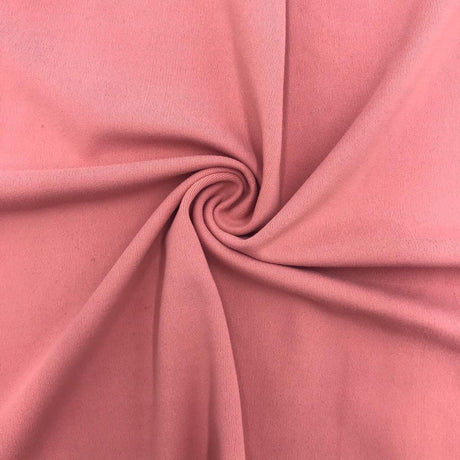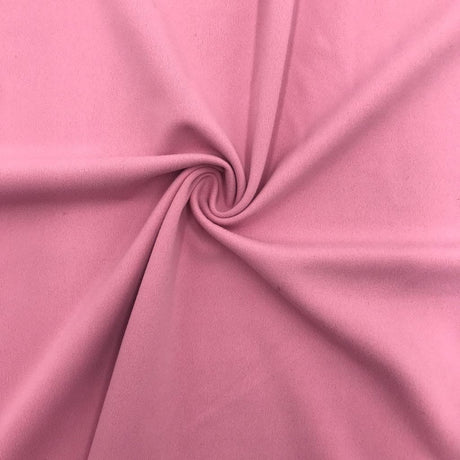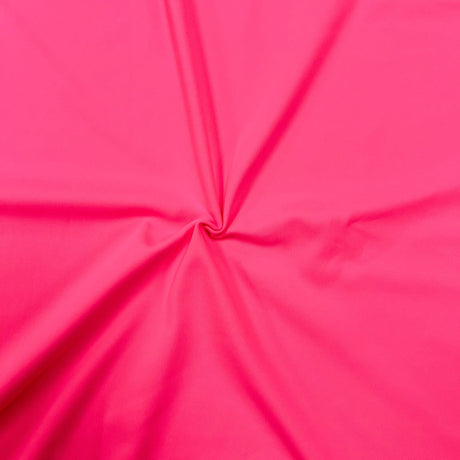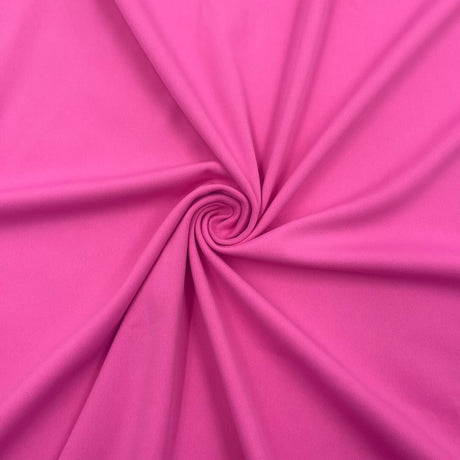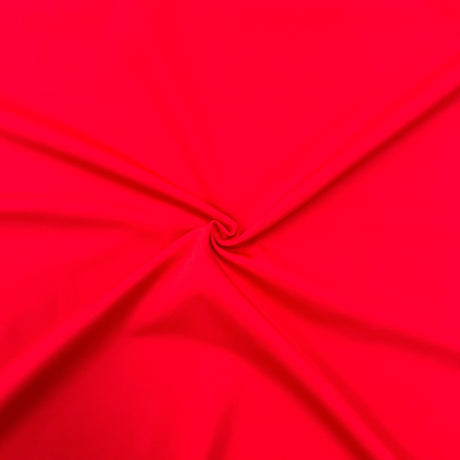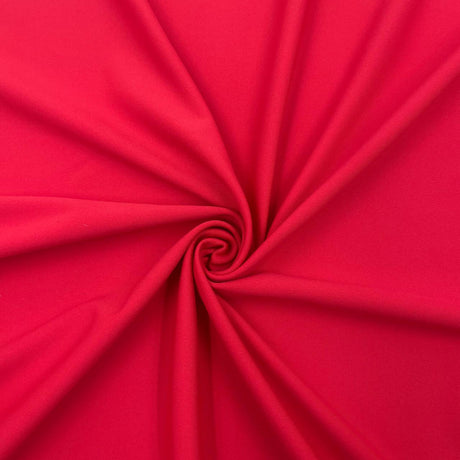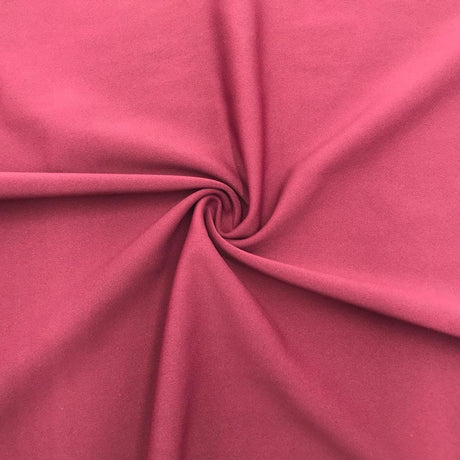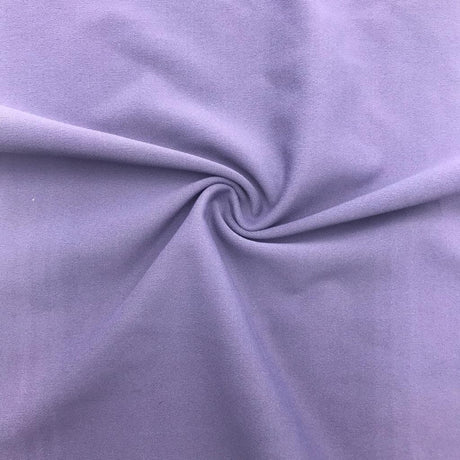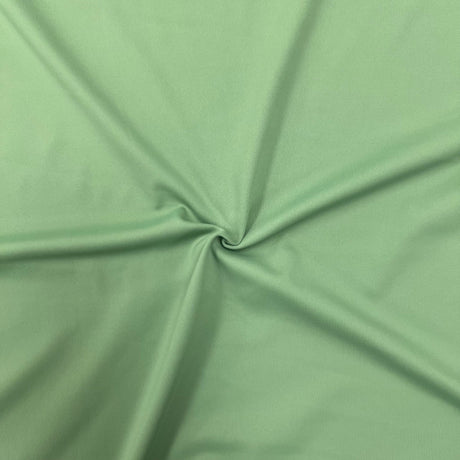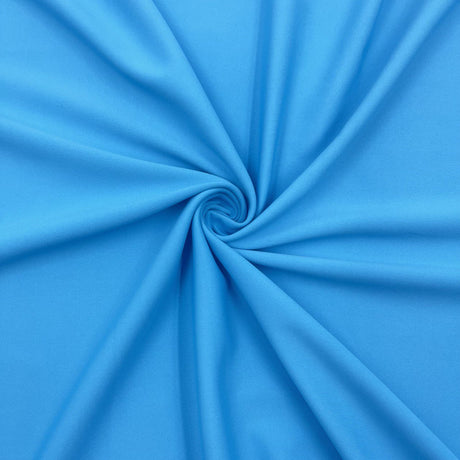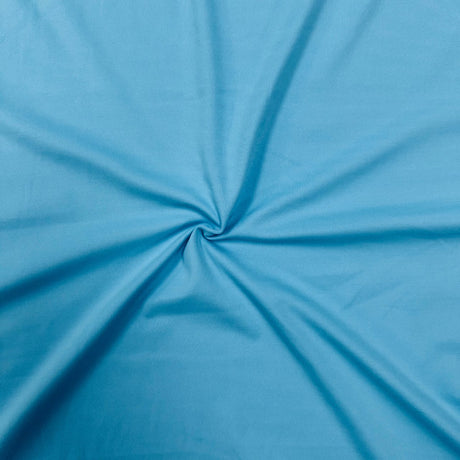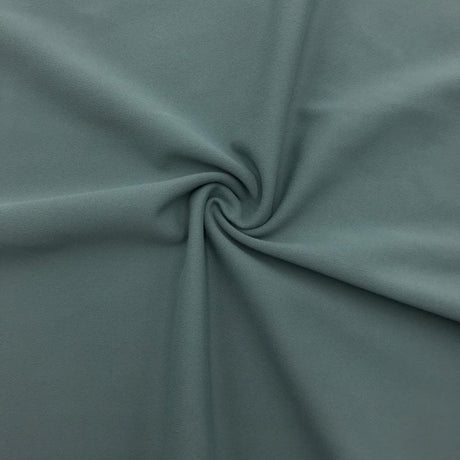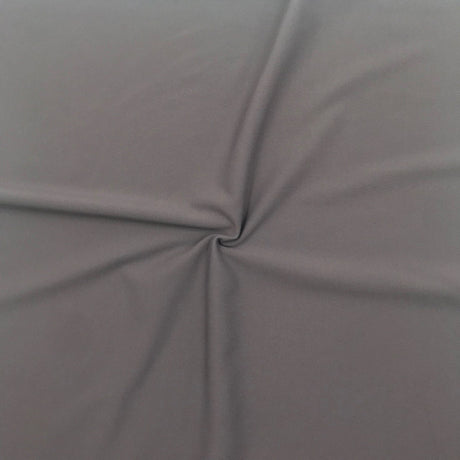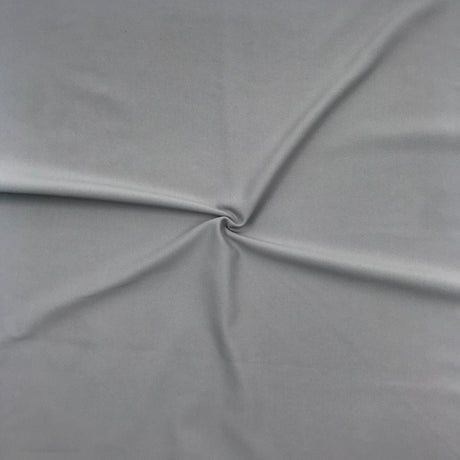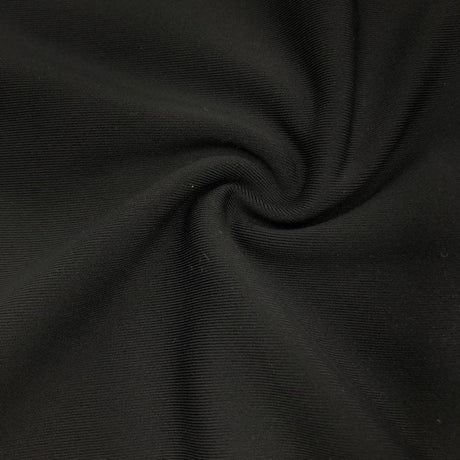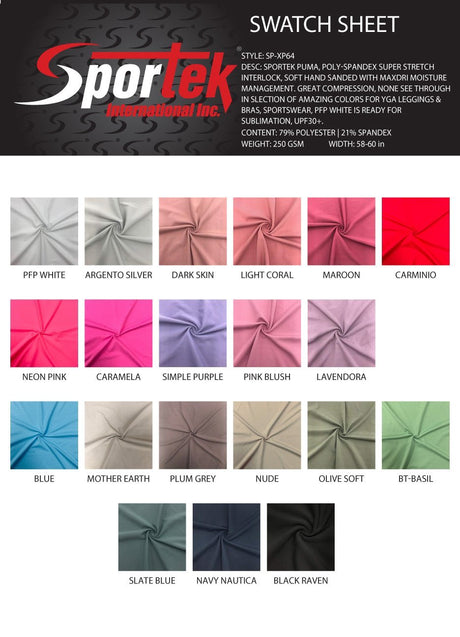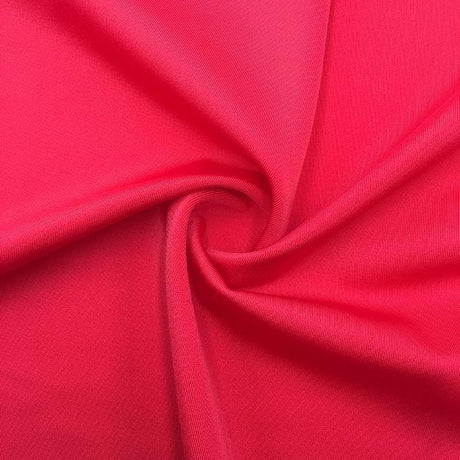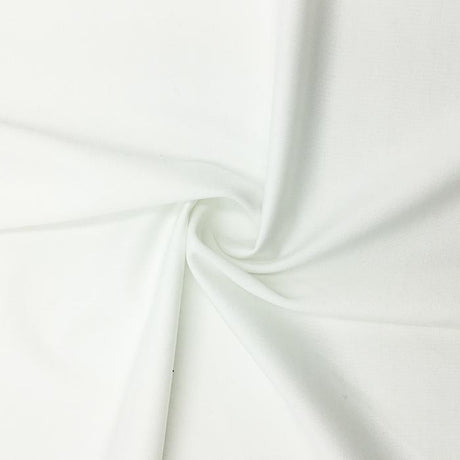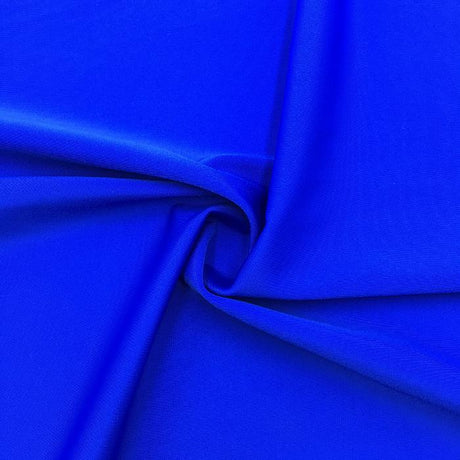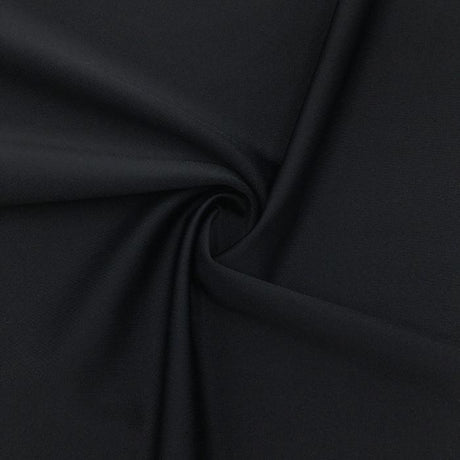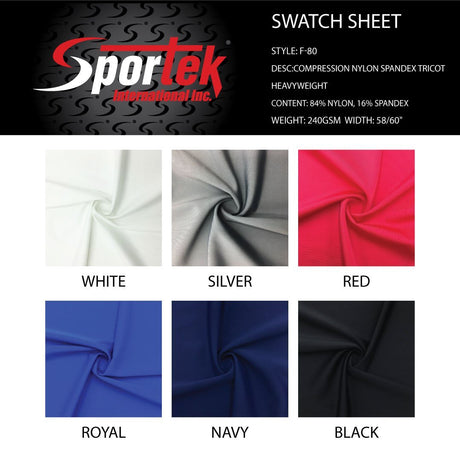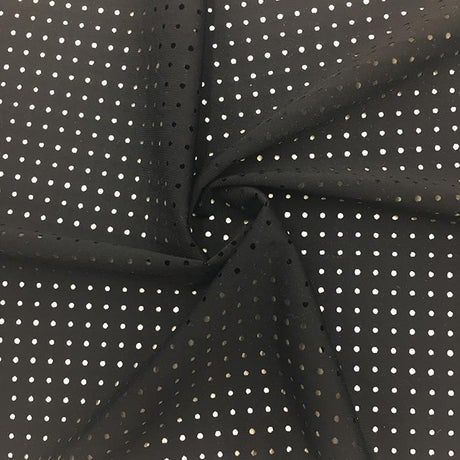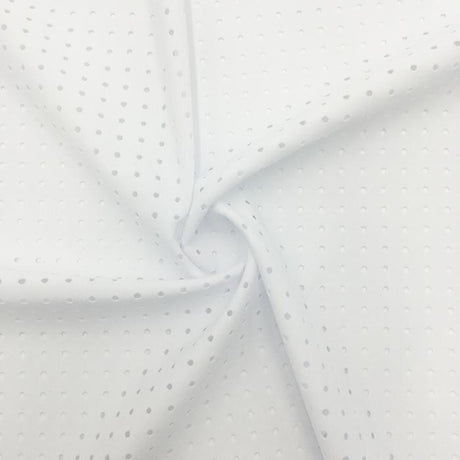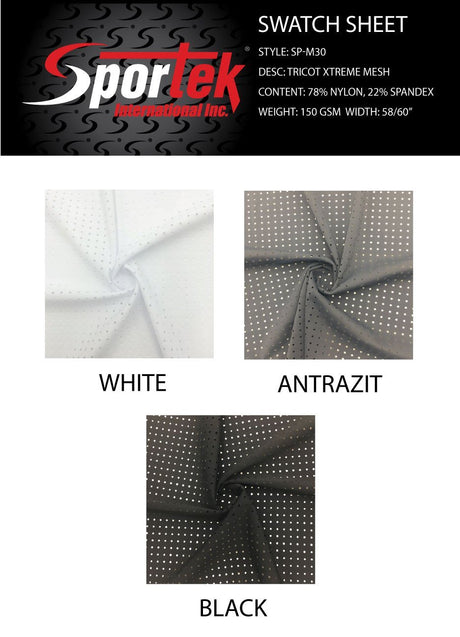Sun-protective clothing has become a key strategy for shielding skin against harmful ultraviolet (UV) radiation. Among these garments, UPF spandex apparel – from swimwear to athletic wear – offers a blend of stretch comfort and UV protection. Understanding how such fabrics protect you requires clarity on two important ratings: SPF (Sun Protection Factor) and UPF (Ultraviolet Protection Factor). This article explains SPF vs. UPF, examines the role of spandex (elastane) in sun-protective garments, and explores how spandex-containing fabrics are engineered and rated for UV defense. We will also compare UPF spandex textiles to other materials in terms of protection, flexibility, and comfort, and review industry standards and certifications for UPF labeling.
SPF vs. UPF: What’s the Difference?
Both SPF and UPF measure protection against UV exposure, but they apply to different contexts. SPF is the rating for sunscreens and skin-applied products, indicating how much longer the product allows you to stay in the sun without burning (primarily from UVB rays). For example, SPF 30 sunscreen theoretically lets someone who burns in 10 minutes spend 300 minutes (30 times longer) before reddening. Importantly, SPF mainly addresses UVB protection unless the product is labeled “broad spectrum” for UVA coverage. In contrast, UPF is the rating for fabrics and clothing, indicating what fraction of UV radiation penetrates the material. A UPF 50 fabric allows only 1/50th (2%) of UV rays to pass through, blocking about 98% of UVA and UVB. In other words, UPF measures the UV transmission through textiles, whereas SPF measures time to sunburn on skin. Another distinction is consistency: UPF protection is continuous as long as you wear the garment, while SPF protection depends on proper application and can diminish with time, sweat, or water. In summary, UPF-rated clothing (covering UVA + UVB) complements SPF-rated sunscreen (focused on UVB) as part of a comprehensive sun safety approach.
The Role of Spandex in Sun-Protective Garments
Spandex, also known as Lycra or elastane, is a synthetic fiber prized for its exceptional elasticity. It is rarely used alone; instead, a small percentage of spandex is blended into fabrics (often with polyester or nylon) to provide stretch, shape retention, and a snug fit. In sun-protective apparel – think rash guards, swim leggings, or athletic shirts – spandex enables form-fitting garments that move with the body while staying in place during activities. This close fit can enhance coverage (the garment won’t gape or slip), but it also means the fabric is frequently stretched on the body. Notably, when a fabric stretches, the knit or weave opens up slightly, allowing more UV to pass through. A dermatology expert points out that a material which might test at UPF ~85 in the lab can drop to about UPF 8 when worn and fully stretched. For example, dry dark cycling shorts started around UPF 85 but fell to UPF 8 on the body; if wet, protection plummeted further (down to ~UPF 4). This illustrates that tight-fitting spandex blends can lose protective efficacy when stretched or wet, a critical consideration in design and use.
Despite that challenge, spandex-based fabrics can be highly protective if engineered correctly. Spandex itself does not inherently block UV strongly; its primary contribution is physical properties (stretch and recovery) rather than UV absorption. In fact, the polyurethane segments in spandex fibers are vulnerable to UV degradation over time. Prolonged exposure to sunlight can break down spandex’s chemical bonds, causing loss of elasticity and fiber damage. This is why spandex swimsuits may fade or lose stretch after extensive sun and chlorine exposure. To counteract this, manufacturers often use UV inhibitors or stabilizers in spandex fibers or blends. Modern “UV resistant” spandex yarns are treated with additives that help block or absorb UV, protecting both the fiber and the wearer’s skin. For instance, specialty swimwear elastanes (like Lycra® Xtra Life) are formulated to better resist chlorine and UV, extending garment life and maintaining stretch. In summary, spandex’s role in sun gear is to provide comfort and fit, while the overall fabric construction and treatments must compensate for stretch effects and any UV susceptibility of the fiber.
A surfer wearing a UPF-rated spandex (Lycra) rashguard. Spandex blends offer flexibility and form-fit, which is ideal for active sun protection. However, designers must ensure the fabric’s density and treatments still block the majority of UV rays even when wet or stretched.
How UPF is Determined in Spandex-Containing Fabrics
UPF ratings are established through laboratory testing of fabrics. In a typical test (such as AATCC 183 in the US or AS/NZS 4399 in Australia), a sample of the textile is exposed to a broad-spectrum UV light source, and instruments measure how much UVA and UVB pass through. The result is expressed as a UPF value (the ratio of UV incident on the fabric to UV transmitted). For example, if 2% of UV is transmitted, that fabric is UPF 50. Testing protocols usually account for the erythemally weighted UV spectrum (heavily weighting the UVB that causes sunburn) and assume a “worst-case” skin sensitivity (fair skin). Importantly, standard tests are often done on new, dry, unstretched fabric samples. This means the UPF rating you see on a tag is typically for the material in ideal condition. Many spandex-blend fabrics achieve high UPF scores when tested this way; for instance, a nylon/spandex swimwear textile might test at UPF 50+ in the lab while dry and not under tension.
However, real-world conditions can alter performance. Moisture, wear, and stretch can all lower a fabric’s effective UPF. Manufacturers are aware of this and may account for it by building in a safety margin. Some standards and certifications also address these factors. The Australia/New Zealand standard (AS 4399) was updated to consider garment stretch and to require labeling warnings. It specifies that the UPF rating applies to the fabric in new condition, and that protection may be reduced if the material is wet, stretched, or worn out. In fact, Australian guidelines now forbid very skimpy garments (like string bikinis) from making high UPF claims, since insufficient coverage and extreme stretch make the rating unreliable. In the U.S., guidelines (ASTM D6603) similarly require labels to note that only covered areas are protected and caution that tight fit or wetness can diminish protection.
To determine UPF in spandex fabrics accurately, some labs and apparel companies test under multiple conditions. For example, one swimwear brand notes they tested their Italian nylon/spandex materials to the Australian standard and also sent fabrics to a U.S. lab for testing via AATCC 183. All tests were done on dry, new swatches. They emphasize that once the garment is used – stretched on the body or soaked in water – the effective UPF can drop, especially for lighter colors. High-quality UPF spandex garments mitigate this by using robust fabric construction (dense knits) and sometimes by testing with a bit of intended stretch to ensure a reliable minimum protection level. Ultimately, the UPF rating process for spandex blends is rigorous and scientific, but consumers should remember it reflects a best-case scenario unless stated otherwise.
Enhancing UPF in Spandex Fabrics
Designers and textile engineers employ several techniques to boost the UV protective factor of spandex-containing fabrics. Key methods include:
- Fiber Blends and Composition: Blending spandex with inherently UV-blocking fibers improves protection. Synthetic fibers like polyester and nylon have molecular structures (e.g. aromatic rings in polyester) that absorb or disrupt UV radiation, often yielding higher UPF than cotton or rayon. A blend of, say, 10-20% spandex with polyester can achieve better UV resistance than 100% spandex or light cotton. Even natural fibers like unbleached cotton contain lignins that absorb some UV, but generally polyester or nylon are preferred for UPF fabrics due to their superior UV performance. Thus, most UPF spandex garments are actually spandex-polyester or spandex-nylon knits that marry stretch with sun protection.
- Fabric Construction (Tight Knit/Weave and Thickness): The tighter and more opaque the fabric, the higher the UPF. Spandex swimwear and activewear fabrics are often warp-knitted tricot or interlock knits with very little space between yarns. A dense construction means fewer “holes” for UV to penetrate. Heavier weight or double-layer fabrics also increase UV blockage. For example, a double-knit or lined spandex swim fabric can achieve UPF 50+, whereas a thin, sheer stretch fabric might only be UPF 5-10. Manufacturers sometimes sacrifice a bit of breathability for a tighter knit that ensures UV safety. (Notably, looser garments protect better when it comes to fit – tight stretch can create gaps as mentioned – but tighter weave protects better in terms of material.) Good UPF spandex textiles find a balance: they are tightly constructed yet can be cut in relaxed-fit styles if needed to avoid over-stretching on the body.
- Color and Dyes: The color of the fabric has a big impact on UPF. Dark and vivid colors absorb more UV rays, preventing transmission to the skin. A black or navy blue spandex swimsuit will generally have a higher UPF than an identical white one. The University of Utah notes that the benzene rings in many dye molecules are what absorb UV energy. Thus, simply using a deeper color or a high concentration of dye can boost a fabric from, say, UPF 10 to UPF 20 or more. Some dyes are specifically marketed as UV-absorbing. There are also colorless UV-absorbing dye treatments: for instance, a laundry additive can infuse a garment with UV-blocking compounds that last ~20 washes. In practice, dark, richly dyed spandex fabrics tend to have excellent UPF – one reason most certified sun-protective swimwear comes in darker or bright colors, not pastels.
- Chemical Finishes and UV Absorbers: Beyond dyes, fabrics (including spandex blends) can be treated with UV-protective finishes. Examples include titanium dioxide or zinc oxide coatings applied to textiles; these minerals act like millions of microscopic sunscreen particles embedded in the fabric, reflecting and scattering UV light. Some manufacturers use proprietary chemicals (e.g. Tinosorb® additives) that bond to fibers and absorb UV without affecting the fabric’s feel. Such treatments can elevate a mediocre UPF fabric to UPF 50+. However, coatings may wash out or wear off over time, so the durability of the finish is crucial. High-end UPF clothing often advertises how many washes the protection will endure (e.g. “Guaranteed 50+ UPF for 100 washes”). For spandex garments, which are regularly washed, wash-resistant UV finishes are especially important.
- Specialized UV-Stable Spandex Fibers: As mentioned, certain elastane fibers are engineered for UV resistance. These have additives in the polymer or a protective sheath that not only guard the spandex from UV degradation but also contribute to UV blocking for the textile. A 2024 technical brief highlights “UV resistant high-elastic spandex” that retains color and stretch even under intense sun, thanks to built-in UV blockers. Incorporating such fibers means the UPF spandex fabric has protection at the fiber level, not just from dyes or finishes.
By combining these approaches – using supportive fibers (poly/nylon), knitting tightly, choosing optimal colors, and adding chemical UV shields – manufacturers can create spandex-blend fabrics that achieve UPF 50+ ratings while remaining lightweight and comfortable. For example, a premium nylon/spandex swim fabric might be densely knit and deeply dyed, yielding “excellent” protection even when stretched and wet (perhaps dropping from 50+ to 30, but still very good). On the consumer side, care is needed: harsh detergents or fabric softeners can strip some finishes, and heavy wear or chlorine can degrade fibers, so following garment care instructions helps maintain the advertised UPF over time.
UPF Spandex vs. Other Sun-Protective Textiles
How do spandex-based UPF fabrics stack up against other materials? Each textile option has pros and cons in sun protection, comfort, and performance:
- UV Protection Performance: Synthetic fabrics are generally the best UV blockers. Polyester is often top-rated, with some polyester garments achieving UPF 100+ naturally. Nylon is also highly protective when tightly woven. Spandex by itself is not as UV-resistant as polyester/nylon, but UPF spandex blends leverage those stronger fibers. Compared to natural fibers, spandex blends far outperform materials like cotton or linen in UV blocking. A thin cotton T-shirt might be only UPF 5 (allowing ~20% UV through), whereas a quality spandex athletic shirt could be UPF 50 (2% or less UV through). Even when wet, a polyester-spandex rash guard will likely remain superior to a wet cotton shirt (wet cotton loses even more protection, sometimes dropping to UPF 3). That said, some non-spandex fabrics can be excellent too: e.g. a dense woven canvas or denim (no stretch) can be UPF 50+ simply by virtue of its tight weave and thickness. In summary, spandex blends hold their own in UV protection when properly designed, but they rely on the other fiber components and fabric design to achieve high UPF. They excel in areas where stretch is needed (swimwear, sports) – in those cases, cotton or heavy canvas wouldn’t be suitable anyway.
- Flexibility and Fit: This is where spandex fabrics shine. The inclusion of 5–20% spandex gives garments four-way elasticity and recovery. Compared to a 100% polyester woven shirt, a poly/spandex knit shirt will be much more flexible and form-fitting. This flexibility means UPF spandex clothing can be styled in slim, athletic cuts without restricting movement – ideal for swimmers, surfers, runners, etc. Other sun-safe textiles like linen or heavy cotton are usually loose-fitting to avoid tearing and because they lack stretch. Spandex allows comfortable, skintight coverage, which is particularly useful for covering hard-to-protect areas (e.g. a rashguard that stays down over the lower back, or leggings that don’t ride up). The trade-off, as noted, is that if a spandex garment is stretched too thin, its protection may drop. But assuming the fabric is rated appropriately, the benefit of spandex is you can have full mobility and consistent coverage. For example, a UPF 50 long-sleeve Lycra surf shirt will move with your arms as you paddle, something a stiff woven shirt couldn’t do. Thus, in terms of performance for active use, spandex blends are often the textile of choice for sun protection.
- Comfort and Breathability: Spandex garments tend to be snug, which can mean they are warmer in hot weather compared to loose, breathable fabrics. Many UPF spandex shirts are made of knit fabrics that, while lightweight, aren’t as airy as an open-weave cotton. On land, this can lead to overheating if the fabric is not engineered for wicking and cooling. Some manufacturers address this by using moisture-wicking synthetics and adding mesh panels or ventilation in high-heat areas, so that even a form-fit spandex shirt can feel cooler. Natural fabrics like cotton, linen, and bamboo excel in breathability but generally need treatments to reach decent UPF levels. One area where spandex blends are very comfortable is in the water – a clinging swim shirt is far more pleasant to swim in than a billowy cotton shirt. Also, spandex fabrics dry faster (especially when blended with nylon/poly), whereas cotton stays wet and heavy. Newer “cool touch” or “ice skin” spandex fabrics even claim both high UPF and cooling effect, showing the innovation aimed at improving comfort. In summary, a UPF spandex garment often offers superior comfort during activity, while for casual wear in extreme heat, some people might prefer a looser UPF fabric (like a UPF-treated linen shirt) for airflow.
- Durability: Sun protection effectiveness over time is a concern. Polyester and nylon fabrics without spandex can be very durable under UV exposure – they don’t break down easily and can last many seasons. Spandex, on the other hand, is more sensitive. Repeated UV, chlorine, sunscreen chemicals, and high heat (dryer, hot water) will degrade spandex fibers. Over a couple of years of regular use, a swim garment might lose some elasticity and UV-blocking coverage as the fibers thin out. This is why UPF spandex clothing often comes with care instructions: rinse after use, hand wash cold, no bleach, no high heat drying. If cared for, a quality spandex-based UPF garment can last a long time (100+ wearings), but generally one might expect to replace swimwear or activewear every few years as the material ages. Other sun-protective textiles like cotton or hemp might actually degrade less in UV (they’ll fade but not lose structure as quickly), but their baseline protection is lower. In practice, many find the convenience and performance of spandex UPF clothing worth the need for gentler care.
In summary, UPF spandex fabrics vs. other textiles is not an either/or choice – each serves different needs. Spandex blends dominate in the athletic and swim category for sun protection because they uniquely provide a combination of high UPF, stretch fit, and hydrophobic quick-dry performance. Other fabrics like polyester wovens or natural fiber blends are great for everyday sun protection in street clothes, offering perhaps even higher raw UPF with different comfort characteristics. The good news is that consumers have options: from a stretchy UPF 50 rashguard for surfing, to a loose UPF 50+ polyester hiking shirt, to a breathable UPF 30 linen hat – all can coexist in a sun-safe wardrobe.
Standards and Certifications for UPF Labeling
When you see a UPF number on a clothing tag, it’s usually backed by specific testing standards and sometimes third-party certifications. Several international standards ensure that UPF labels are reliable:
- United States (ASTM/AATCC Standards): In the U.S., testing is often done per AATCC 183 (transmittance test), and labeling follows ASTM D6603. ASTM D6603 provides guidelines on how to label garments with UPF values and includes required warnings. For instance, garments with UPF below 15 are not considered sun-protective and shouldn’t be marketed as such. Labels typically must state the UPF rating and note that protection may be reduced if the fabric is wet, stretched, or old. There is no government-mandated UPF certification program in the U.S., but the Skin Cancer Foundation offers a well-known voluntary Seal of Recommendation for sun-protective products. To earn this seal for clothing, the fabric must have a UPF of 50 or greater (excellent protection) as tested by an independent lab. Many UV-protective apparel brands use this seal to assure customers of quality. (The SCF seal logo on clothing tags signifies the item blocks at least 98% of UV rays.)
Example of a certification logo: The Skin Cancer Foundation’s “UPF 50+” Seal of Recommendation, which is granted to fabrics that meet stringent testing (UPF 50 or higher). Such seals and labels help consumers identify trusted sun-protective clothing.
- Australia/New Zealand: Australia was a pioneer in UV clothing standards, with AS/NZS 4399 first established in 1996 and updated in 2017 and 2020. This standard is widely used for labeling UPF clothing globally. Under AS 4399:2020, fabrics are classified into three protection categories: Minimum (UPF 15), Good (UPF 30), and Excellent (UPF 50 and 50+). Clothing must be tested in a laboratory for UVR transmission in dry, unstretched conditions to get a UPF rating. The standard also requires specific labeling: for example, a tag must remind consumers that the protection applies only to covered areas and may be reduced when the material is wet or stretched. There are also guidelines on body coverage – e.g. a long-sleeve, high-collar shirt provides better protection than a tank top, and the latter should not be implied to give full protection. In fact, the Australian standard now discourages labeling very small coverage items as “sun protective” even if the fabric is UPF 50+, to avoid a false sense of security. ARPANSA (the Australian Radiation Protection and Nuclear Safety Agency) runs a certification scheme where manufacturers can submit products for testing and then use an official swing tag with the UPF rating. If you see an ARPANSA swing tag (often saying “Tested to Australian Standard, UPF50+ Excellent Protection”), it means that material was vetted according to AS 4399 by ARPANSA’s lab.
An Australian ARPANSA swing tag indicating a UPF50+ “Excellent Protection” rating. Australian/New Zealand Standard AS 4399 is one of the most recognized systems for classifying and labeling sun-protective clothing.
- Europe (EN 13758 & UV Standard 801): Europe has a standard EN 13758-1 for testing fabric UV performance and EN 13758-2 for labeling requirements. The European standard similarly categorizes protection (with 40+ often the highest labeled, sometimes marked 40 or 50 depending on national translation). One unique aspect is that EN 13758-2 requires a warning label on UV protective clothing: it must state that protection may be reduced if the garment is too tight, stretched, or when wet, echoing the themes from other standards. Additionally, Europe has the UV Standard 801, an independent certification that takes a more stringent approach by testing fabrics in worst-case conditions (wet, stretched, and after simulated use). A garment certified under UV Standard 801 often carries a UV Protection Factor that is guaranteed even in those conditions – this is considered the most conservative measure. For example, a fabric that is UPF 60 in new dry tests might be rated only UPF 30 under UV Standard 801 if that’s its performance when wet or worn; the certification will use the lower number to be safe. While not a government standard, many European brands use the UV Standard 801 label as a mark of excellence in sun protection reliability.
- Asia and Other Regions: Countries like China and Japan have their own standards (GB/T 18830 in China, JIS L 1925 in Japan). China’s standard requires a fabric to have UPF 40+ and UVA transmission <5% to even be labeled as UV-protective. Japan and Korea’s standards test fabrics in both dry and wet states to reflect actual usage. In South Korea, the standard KS K 0850 is modeled on Australia’s, and it mandates clear labeling of UPF values. Canada does not have a national standard, so Canadian brands typically adhere to US (AATCC) or Australian rules. Across all these, the common goal is consistency: ensuring that when a shirt says “UPF 50+”, it truly provides that level of reduction in UV exposure to the wearer.
With these standards and certifications in place, consumers can trust that UPF spandex garments and other sun-safe clothing have been objectively evaluated. It’s wise to look for labels indicating compliance (such as “Complies with AS/NZS 4399” or “Tested per AATCC 183”) or seals like the Skin Cancer Foundation’s, especially if you rely on these items for significant sun exposure. Also, always read the care instructions – maintaining the garment according to recommendations will help preserve its UV protective qualities as certified. By choosing certified UPF apparel and caring for it, you ensure that your sun protection doesn’t wear out before you do.
Conclusion
Spandex-based sun protective clothing marries the science of UV shielding with the practicality of stretch and comfort. Understanding the difference between SPF (for sunscreens) and UPF (for fabrics) is fundamental in appreciating what your UV-protective attire is doing for you. UPF spandex garments leverage elastane’s flexibility to offer form-fitting coverage, while employing thoughtful fabric engineering – from fiber blends and tight knits to special dyes and finishes – to achieve high UV blockage. These innovations mean that today’s swim shirts, leggings, and activewear can reach UPF 50+ excellence without sacrificing style or mobility. They are designed to perform in conditions where traditional fabrics fall short (e.g. in water or strenuous activity), though users should remain aware of factors like stretch and wetness that can impact protection.
The landscape of sun-protective textiles is broad: what matters is choosing the right tool for the job. A polyester shirt without spandex might offer top-notch UV defense for gardening or hiking, while a spandex-infused surf suit offers protection that stays put through waves. Both have their place. Industry standards and certifications ensure that when a product is marketed as “UV protective” or “UPF 50+”, it has met rigorous criteria in the lab and, hopefully, will perform in the field. For designers and apparel professionals, the takeaway is that achieving UV protection is a multi-faceted challenge – it involves polymer science, color chemistry, fabric construction, and an understanding of how garments are used. For consumers and informed enthusiasts, knowing the science behind that UPF tag empowers you to make smart choices (and to care for your UV gear properly).
In essence, SPF and UPF are complementary guardians against the sun: use broad-spectrum sunscreen on exposed skin and rely on well-designed UPF clothing to cover the rest. Spandex-based UPF clothing adds the bonus of comfort and fit to this equation, helping you stay protected without hindering your active lifestyle. By paying attention to the SPF & UPF in spandex and other fabrics, you can confidently enjoy the outdoors with both freedom of movement and peace of mind about your sun safety.


